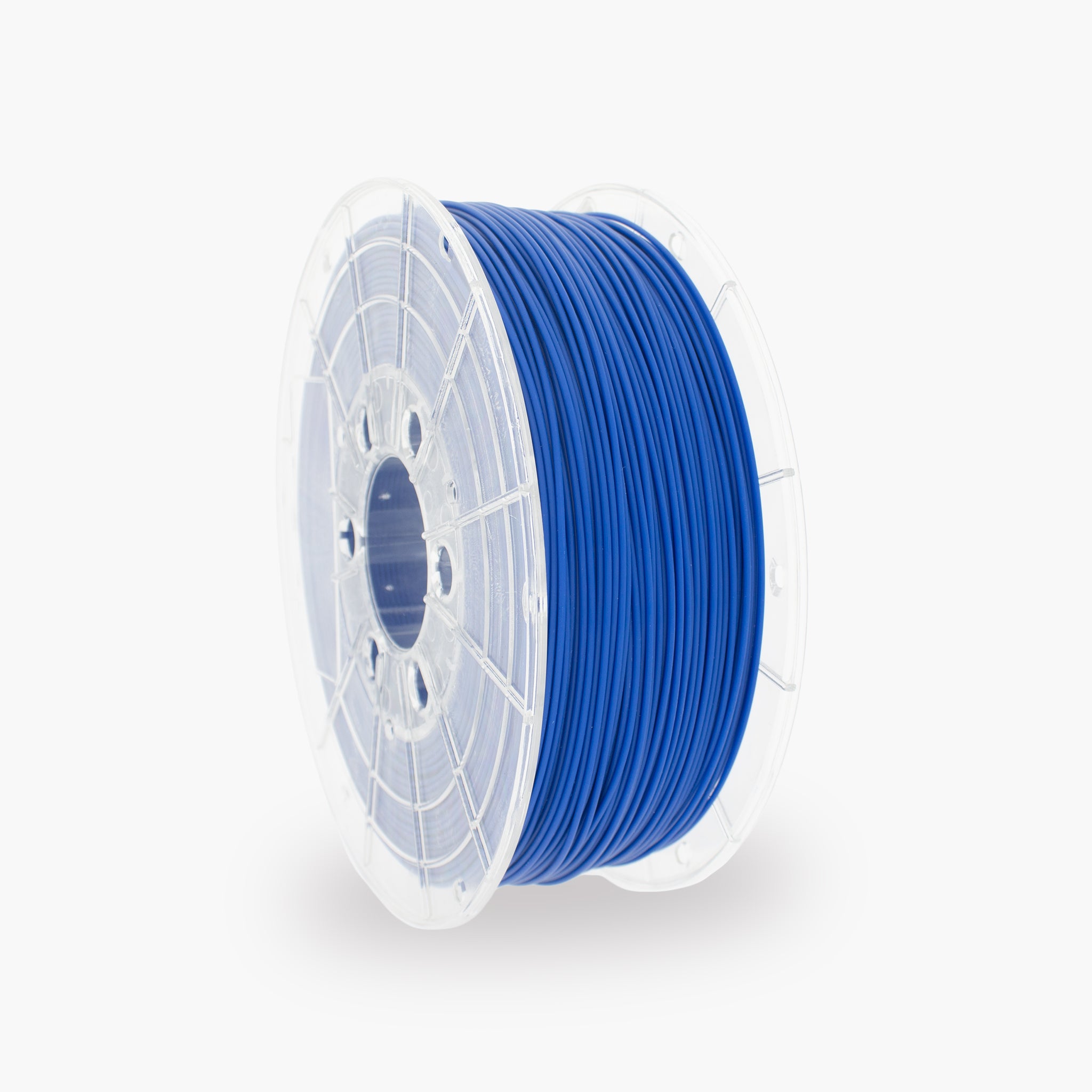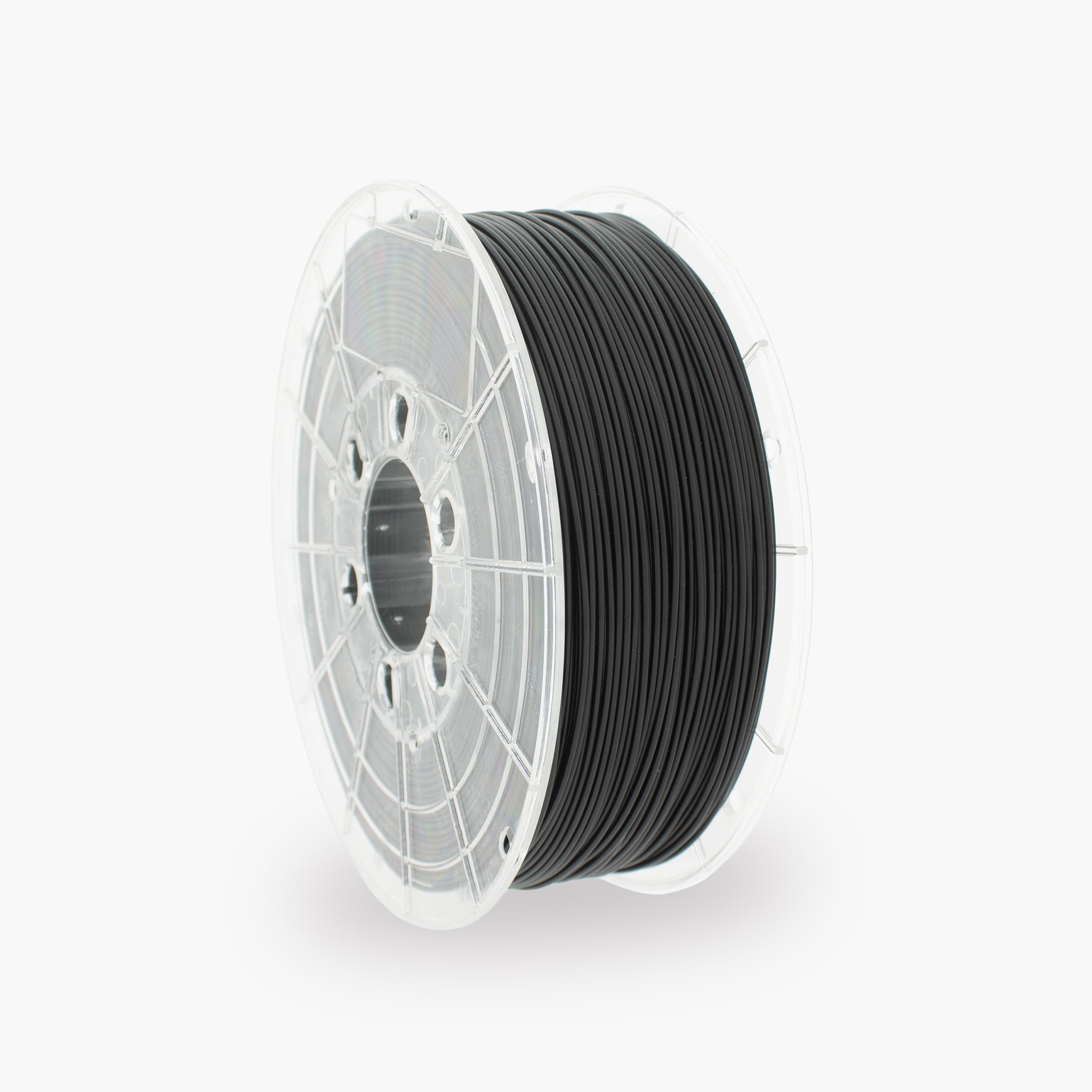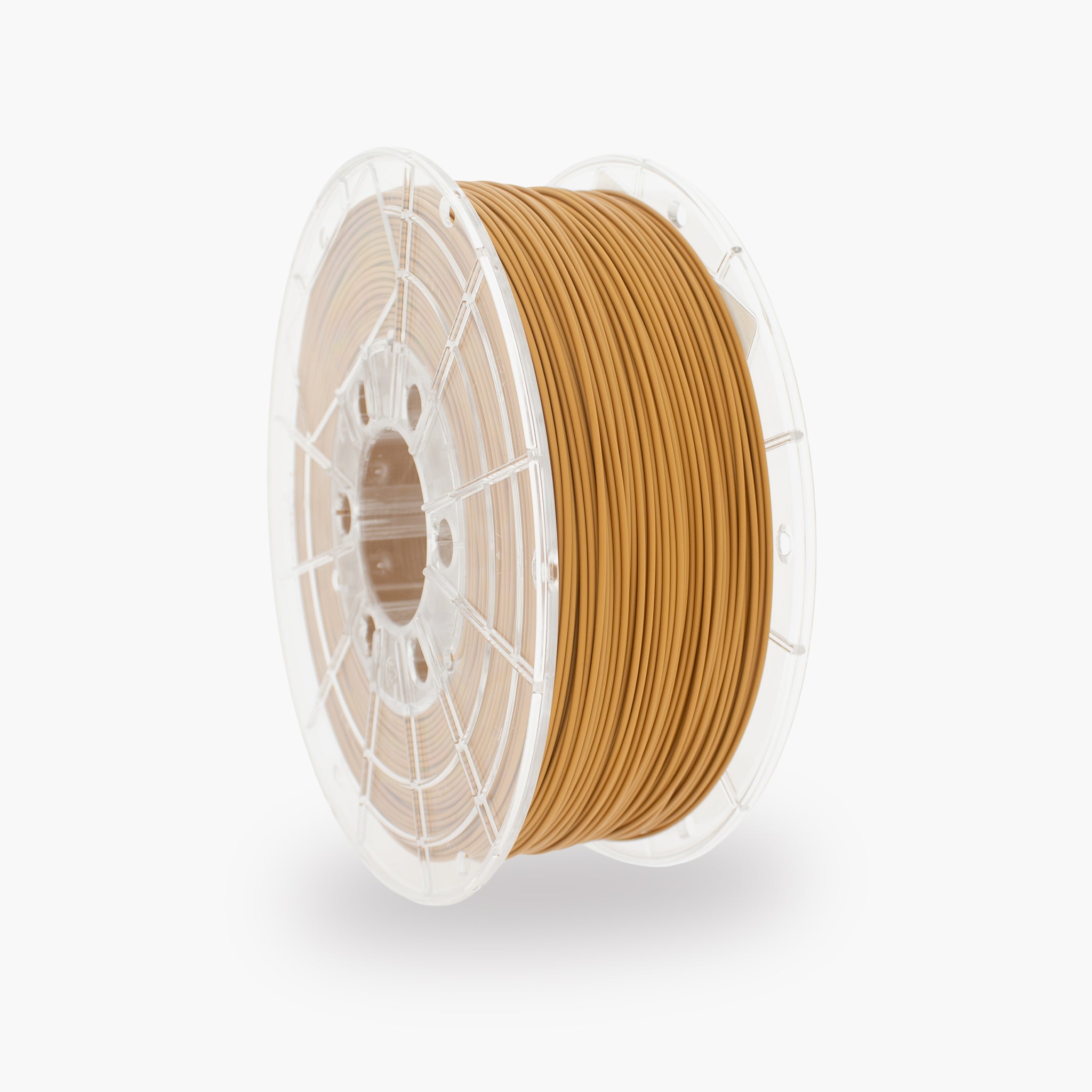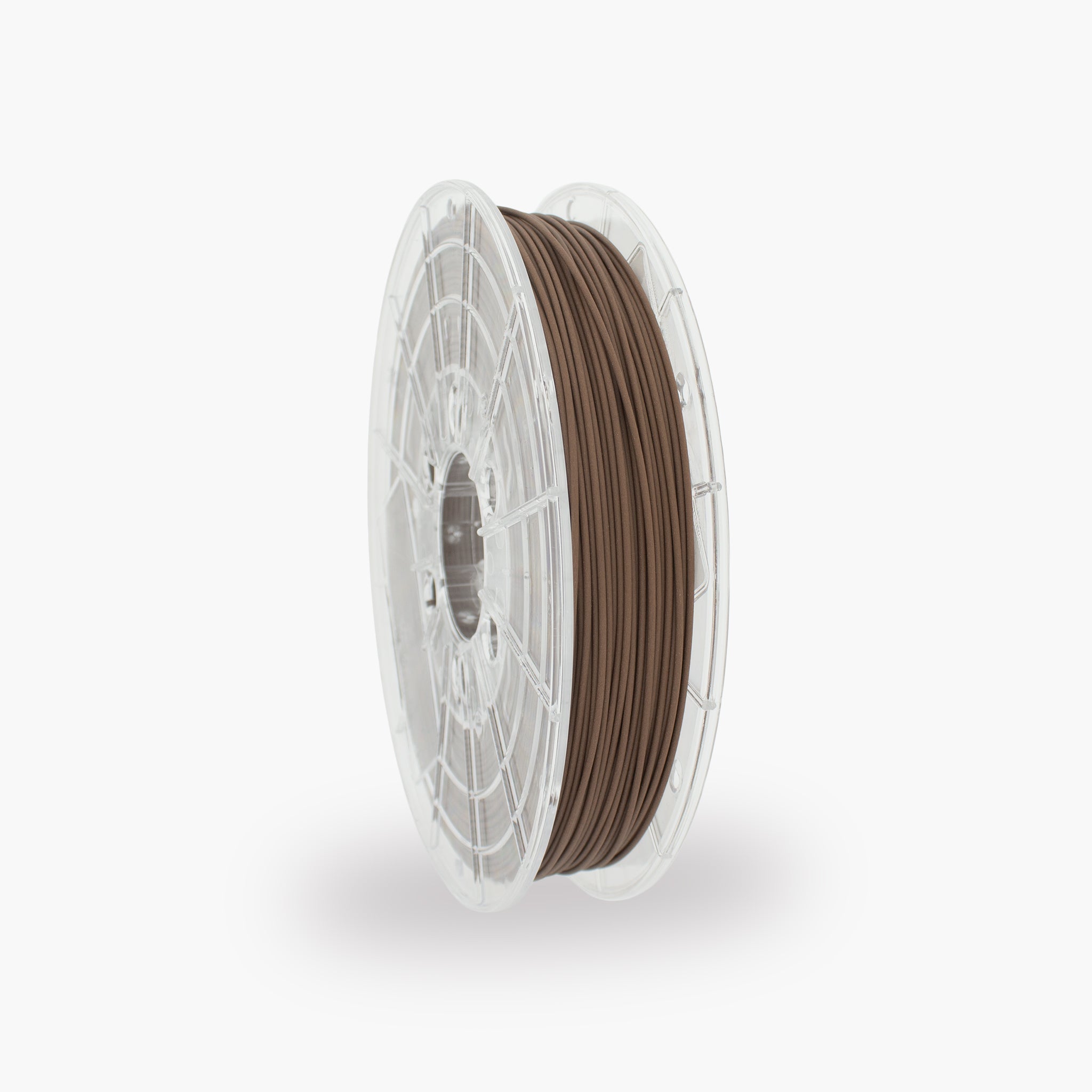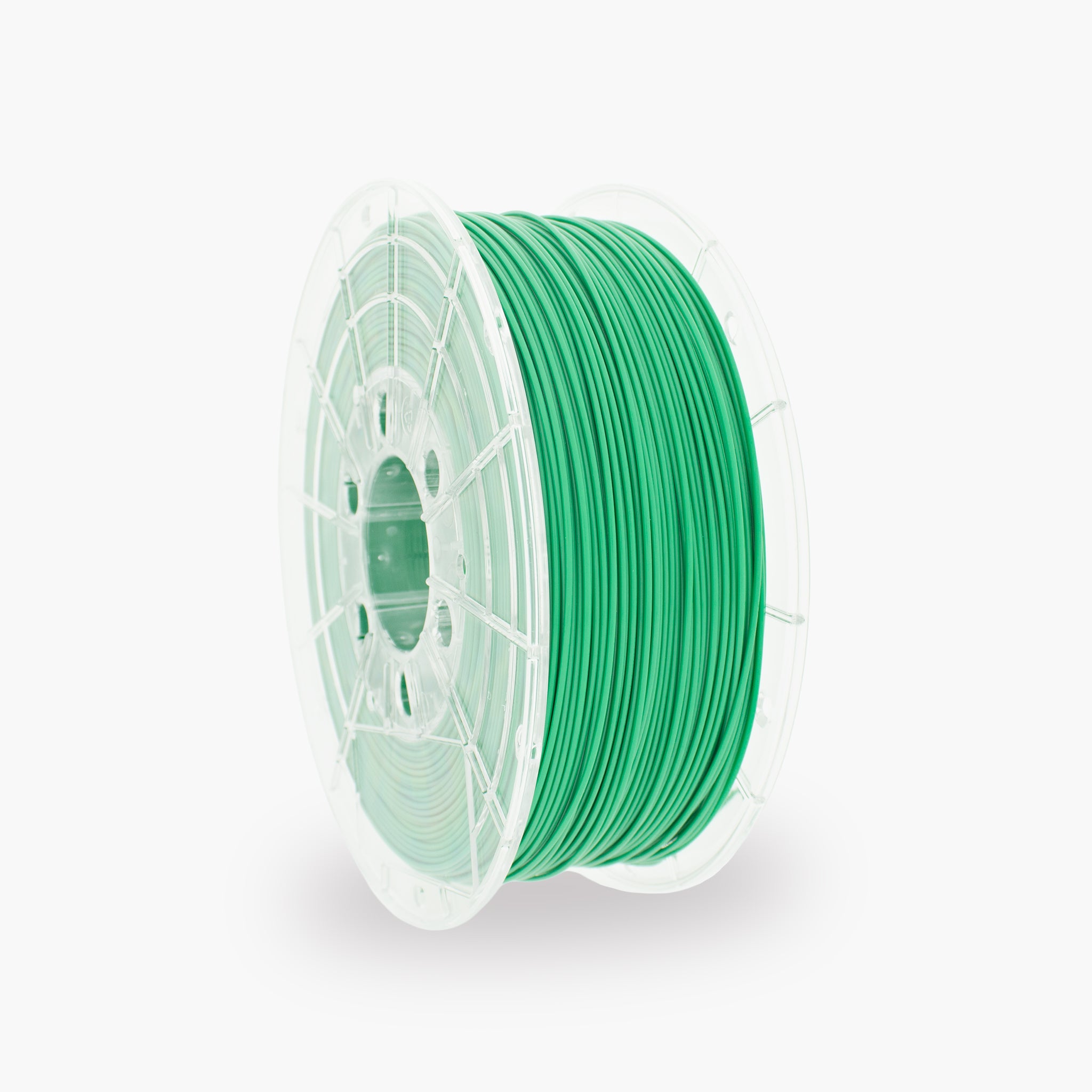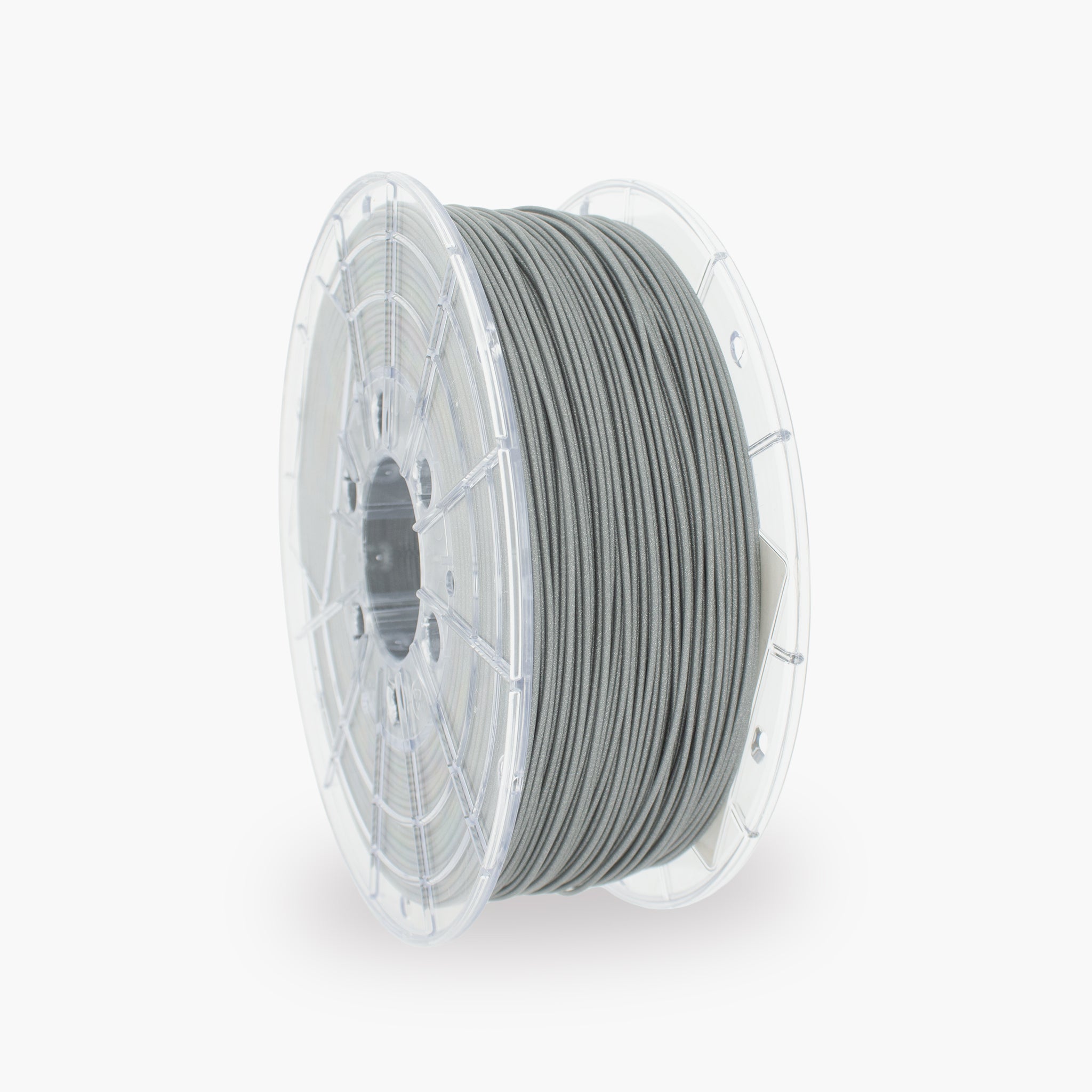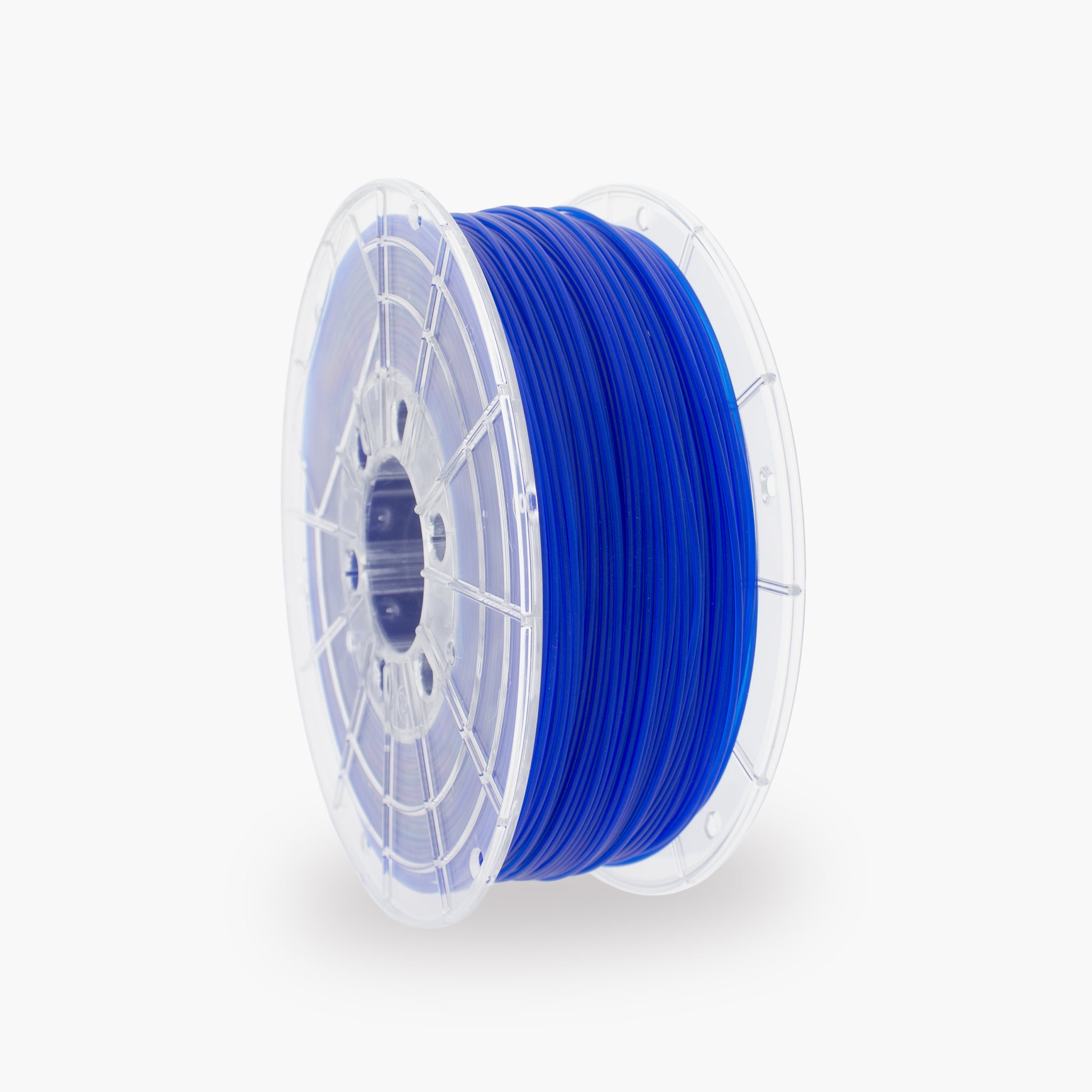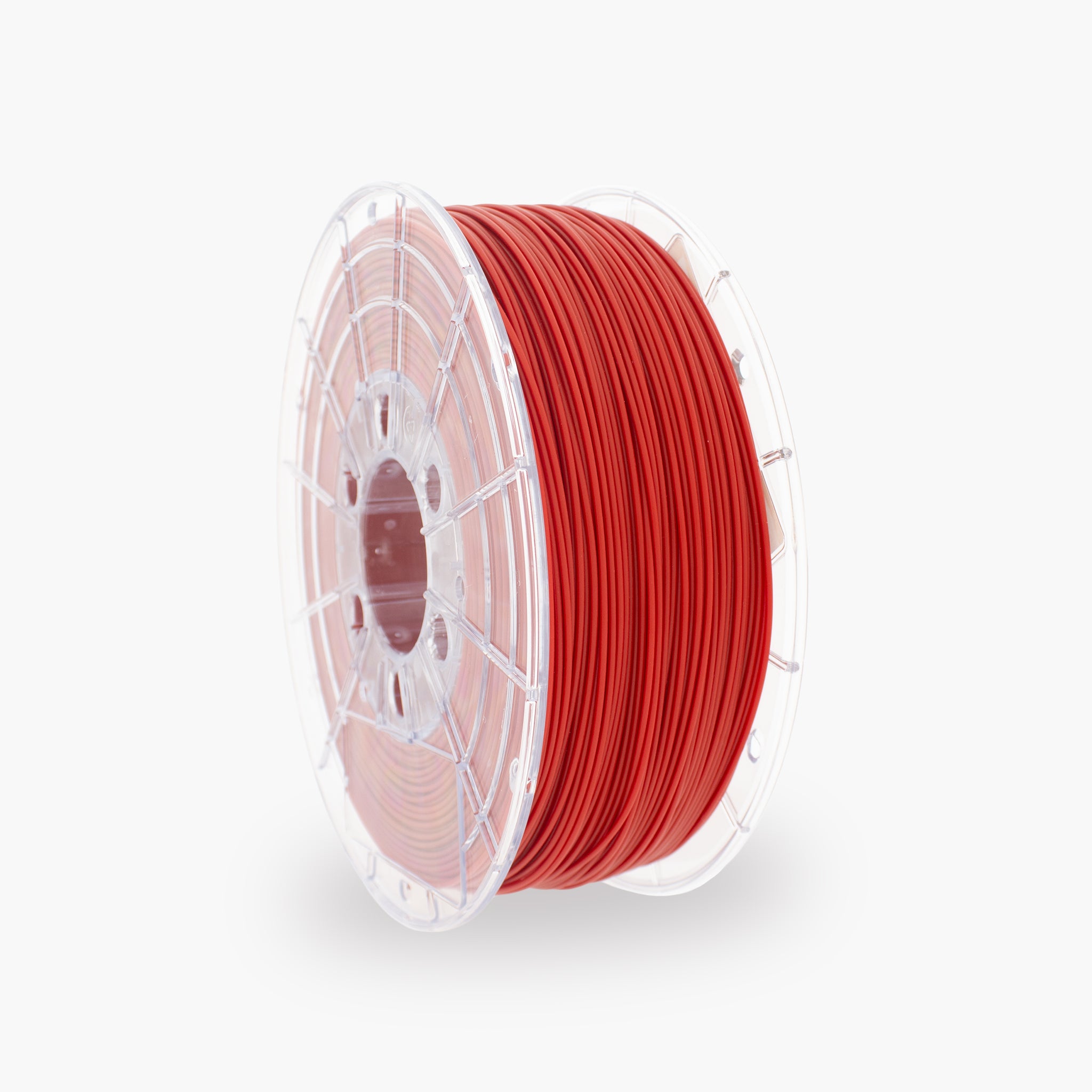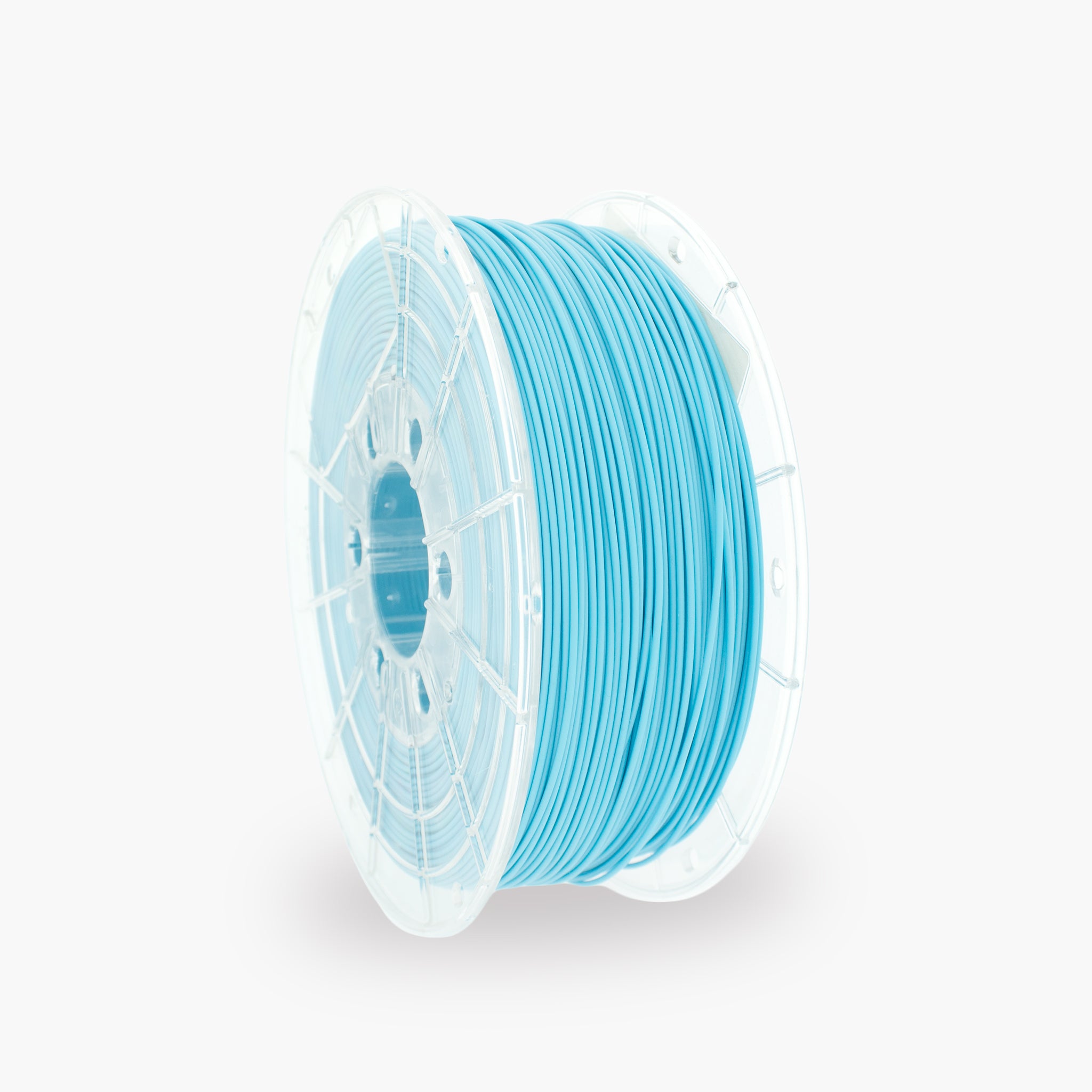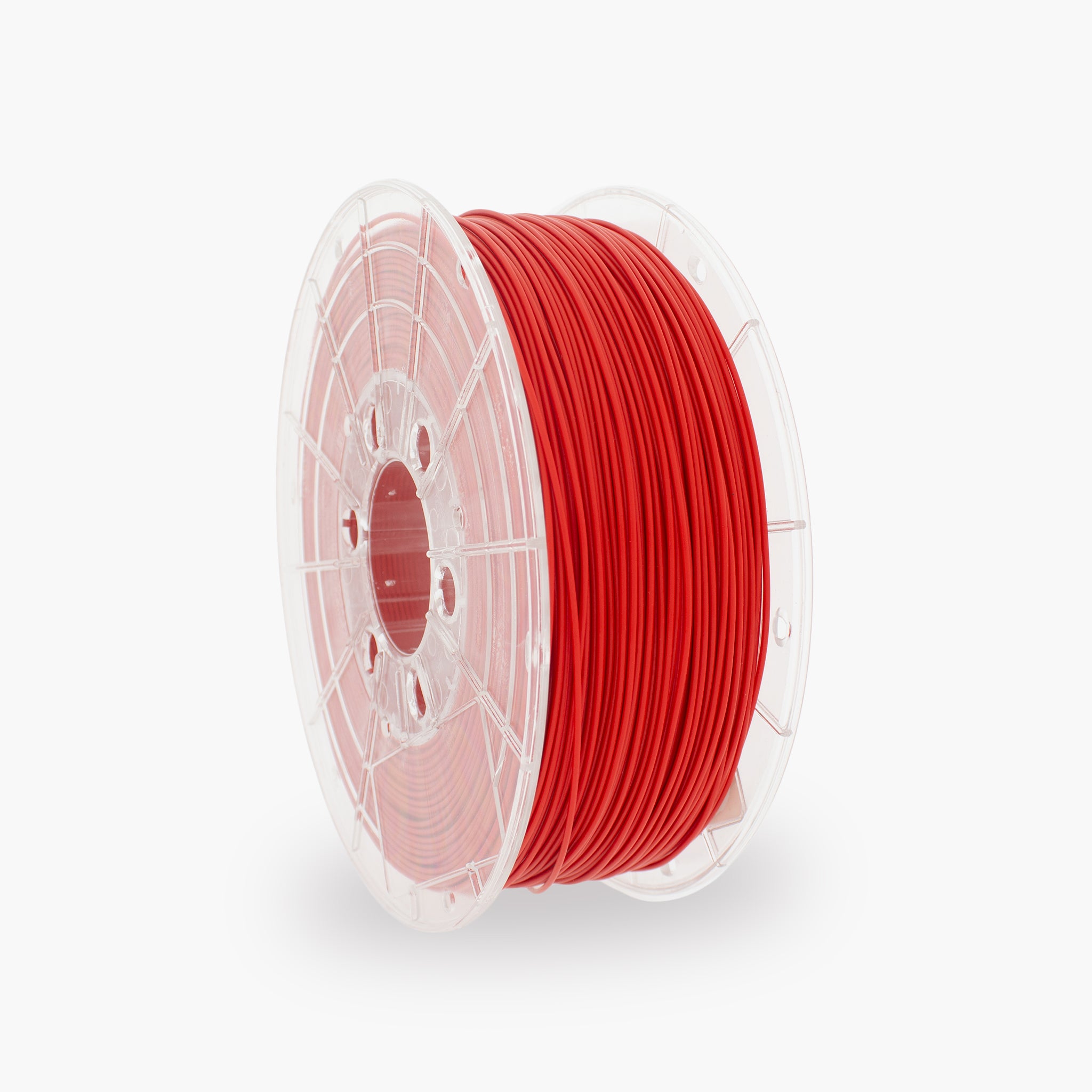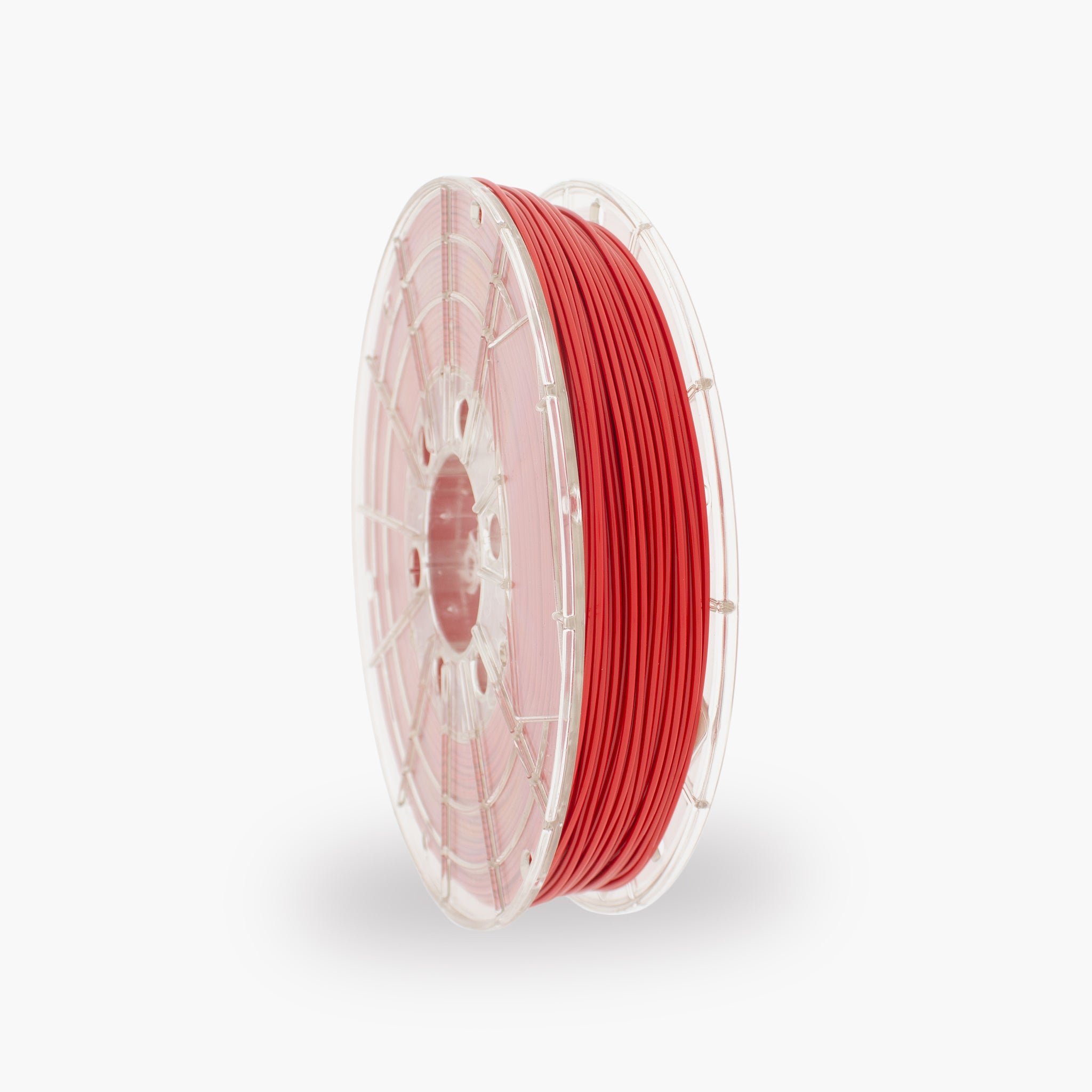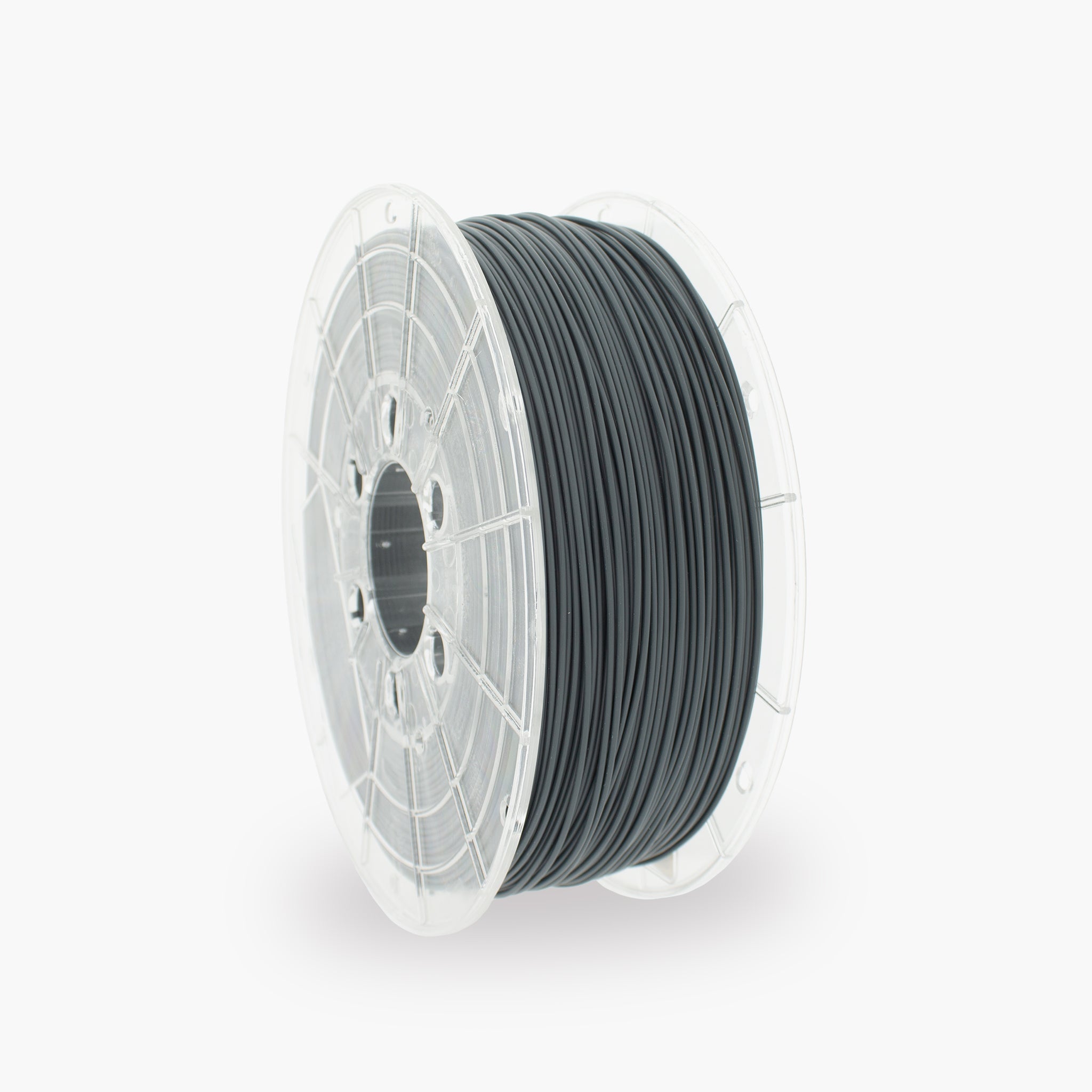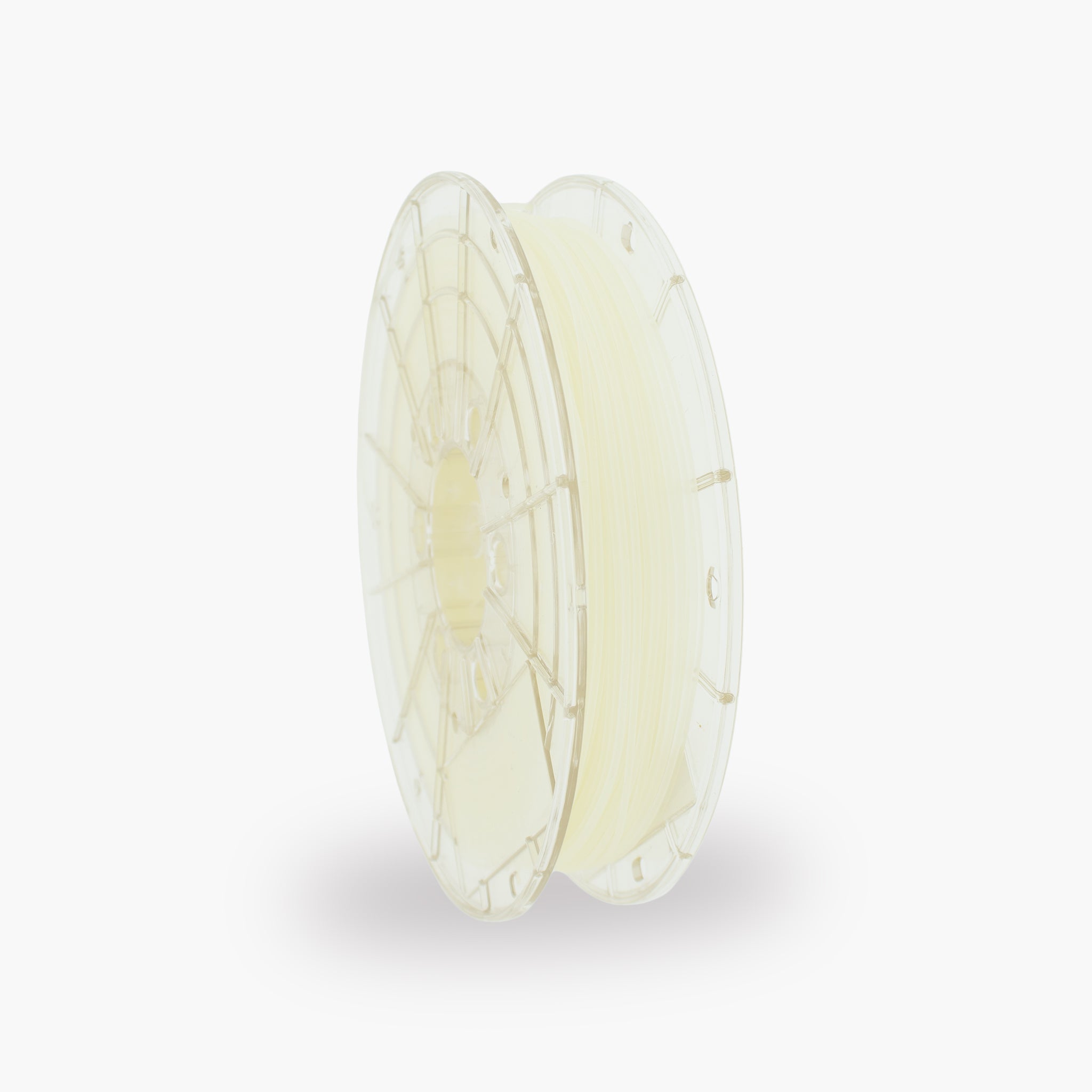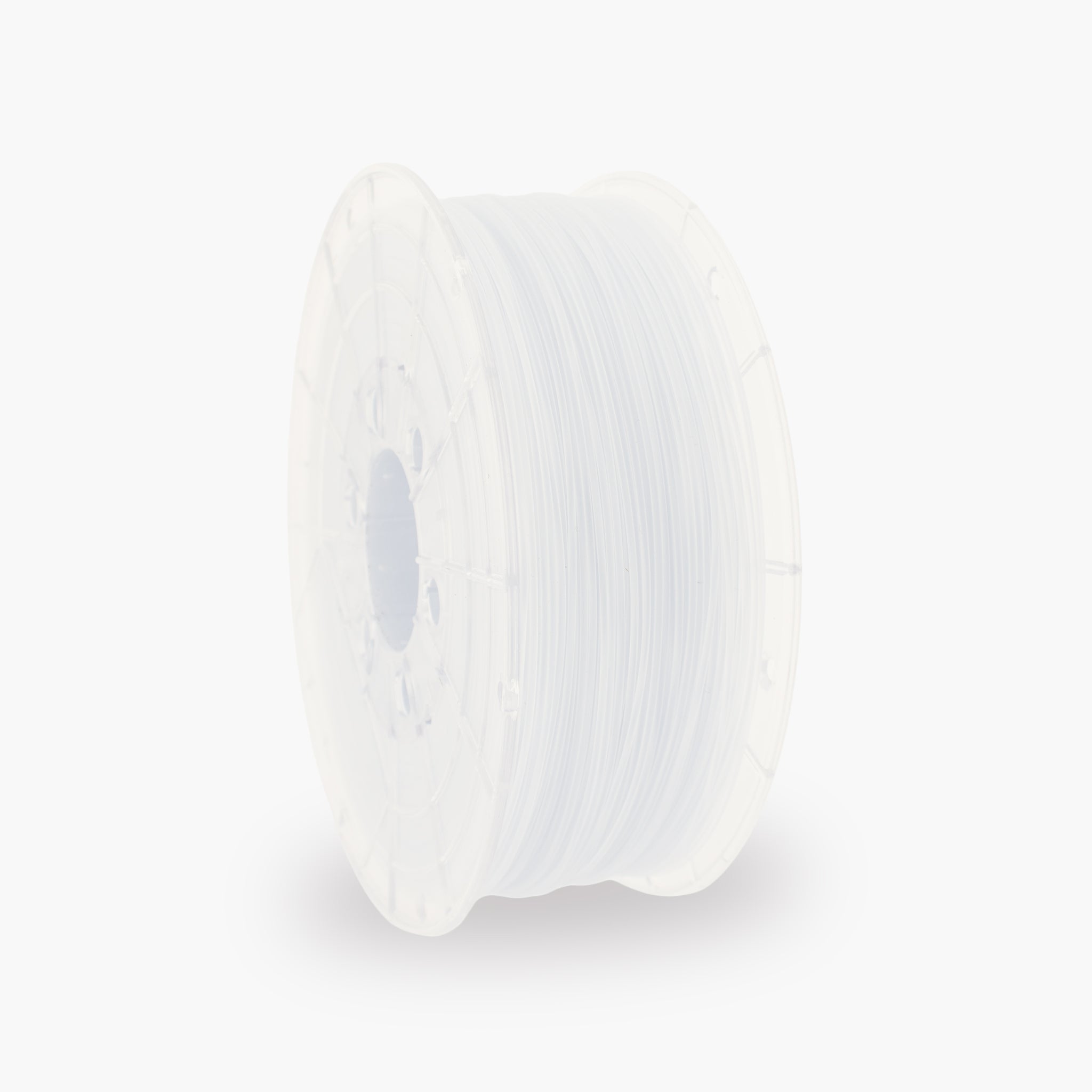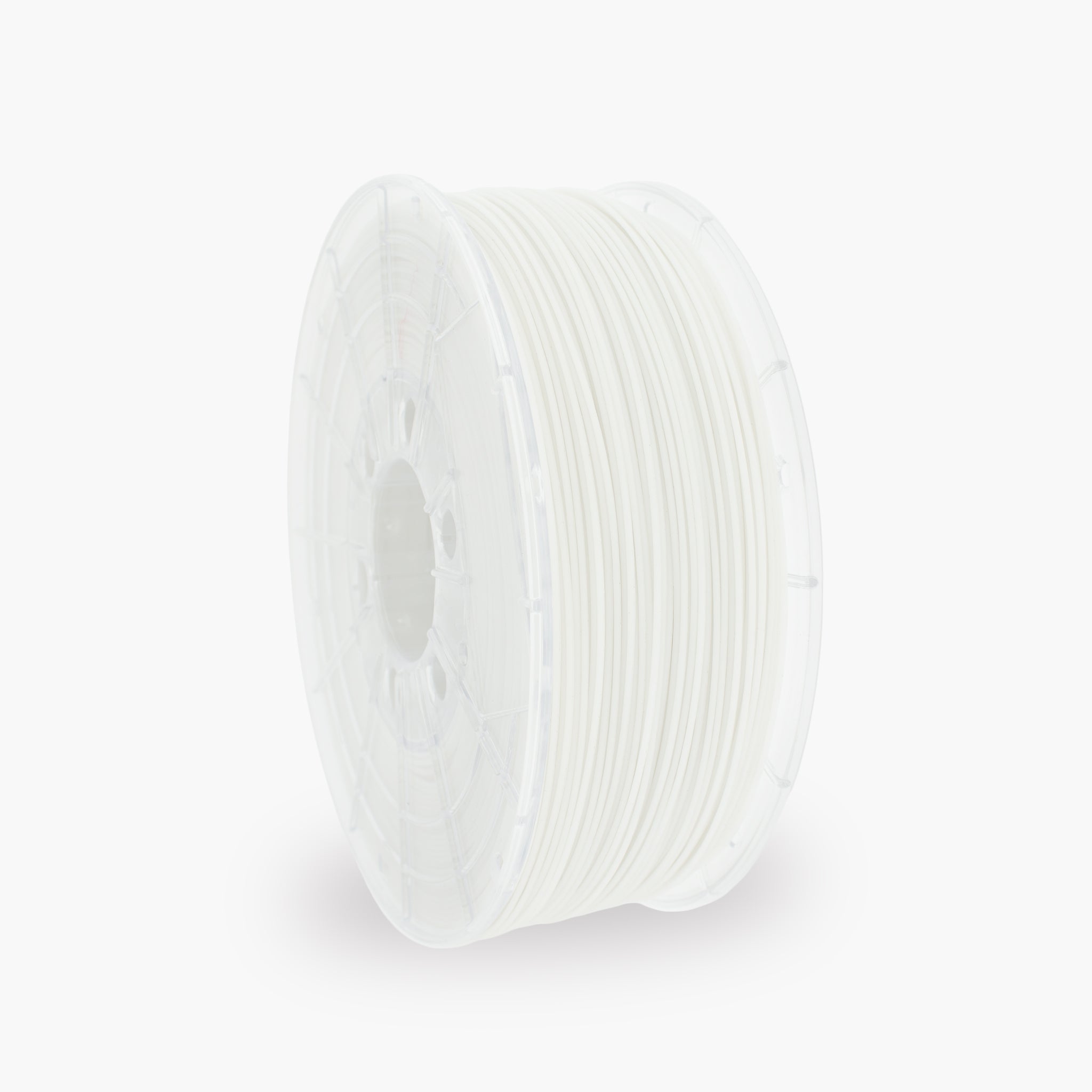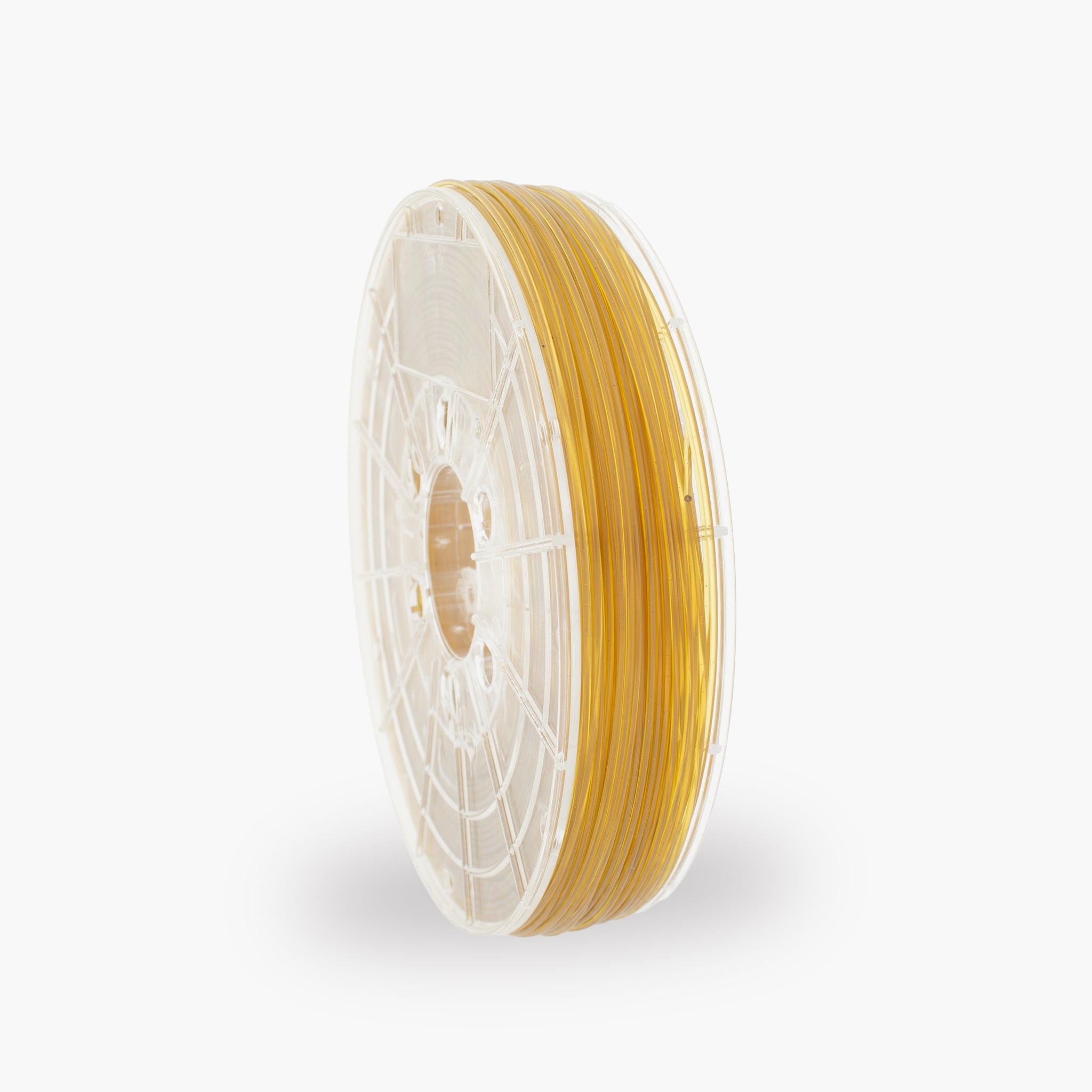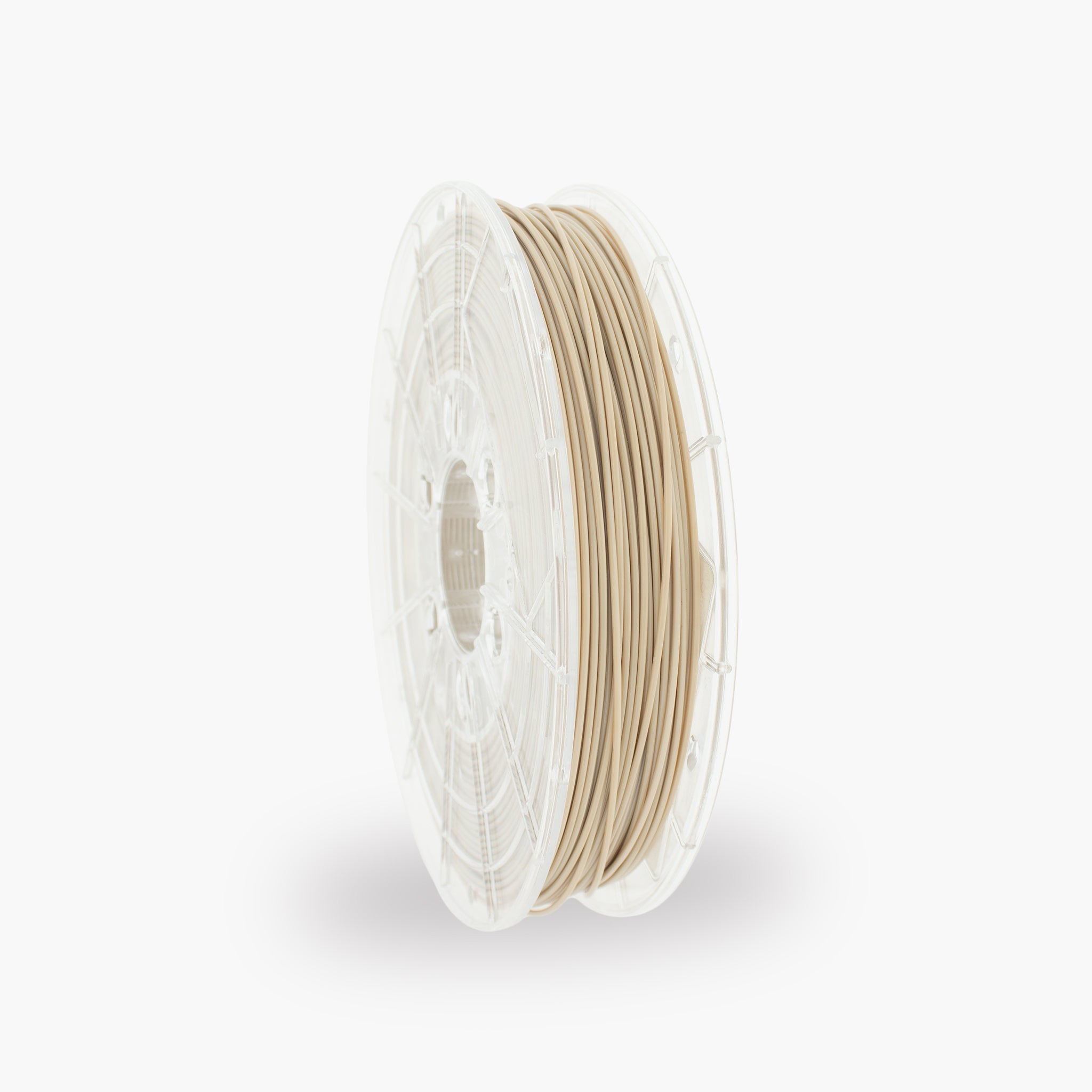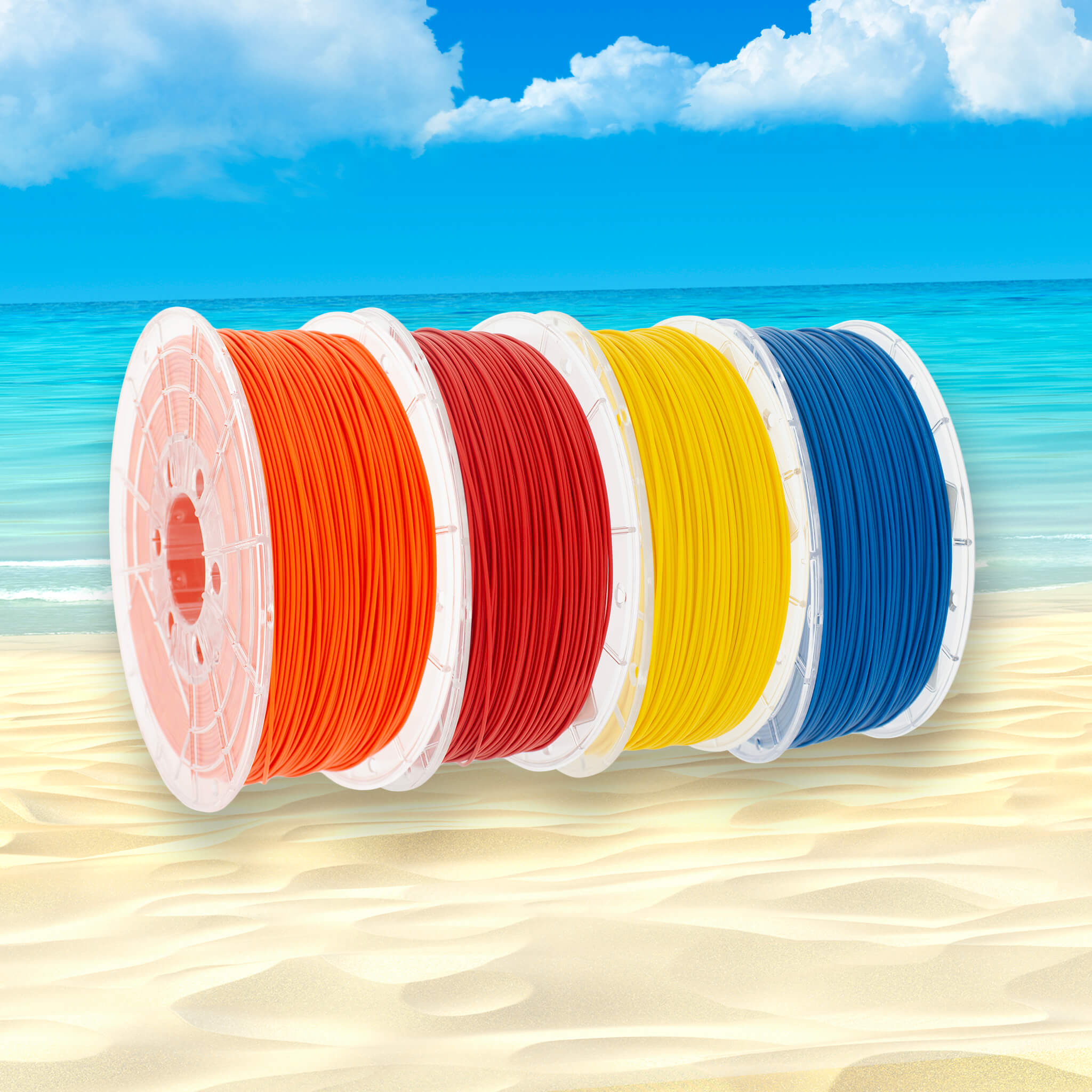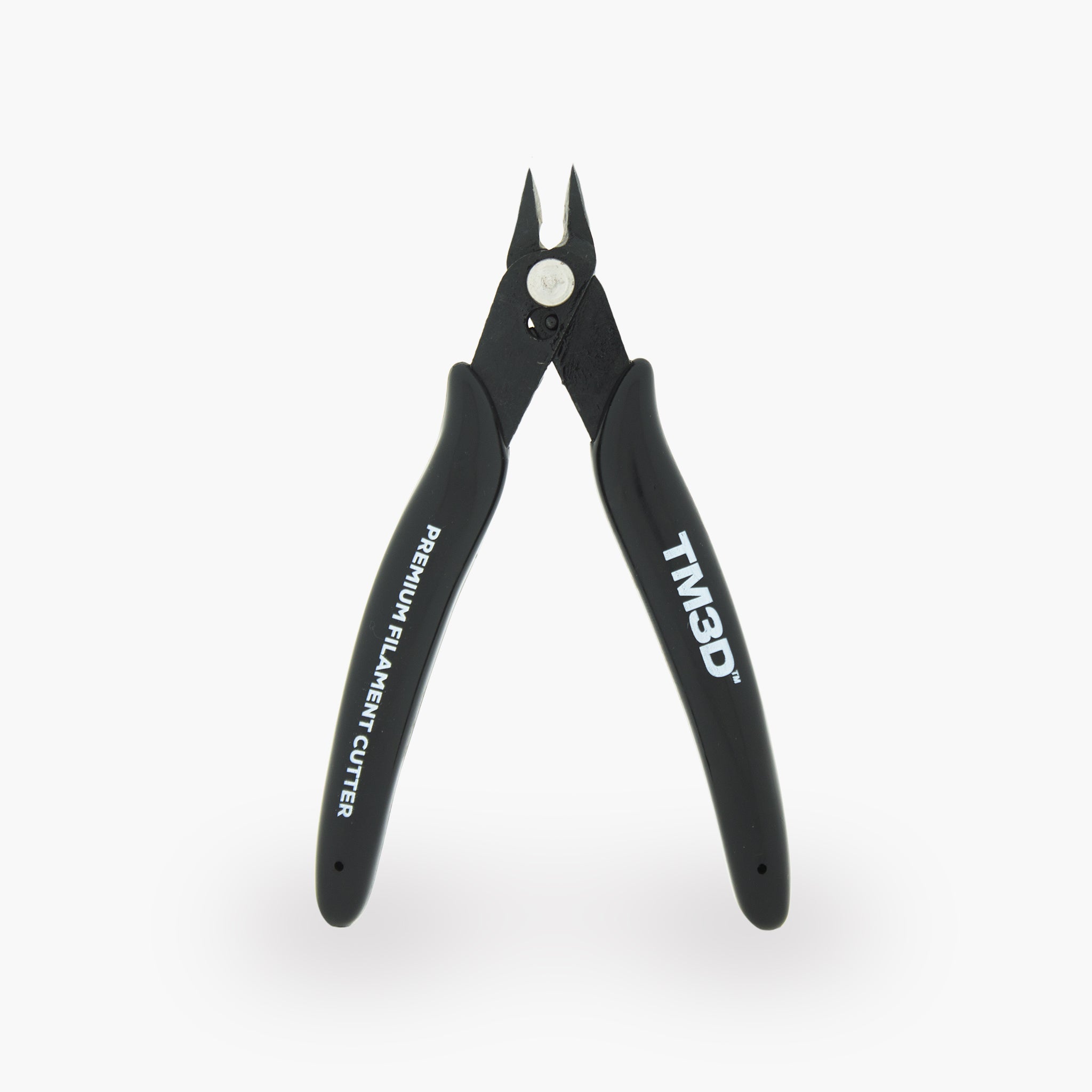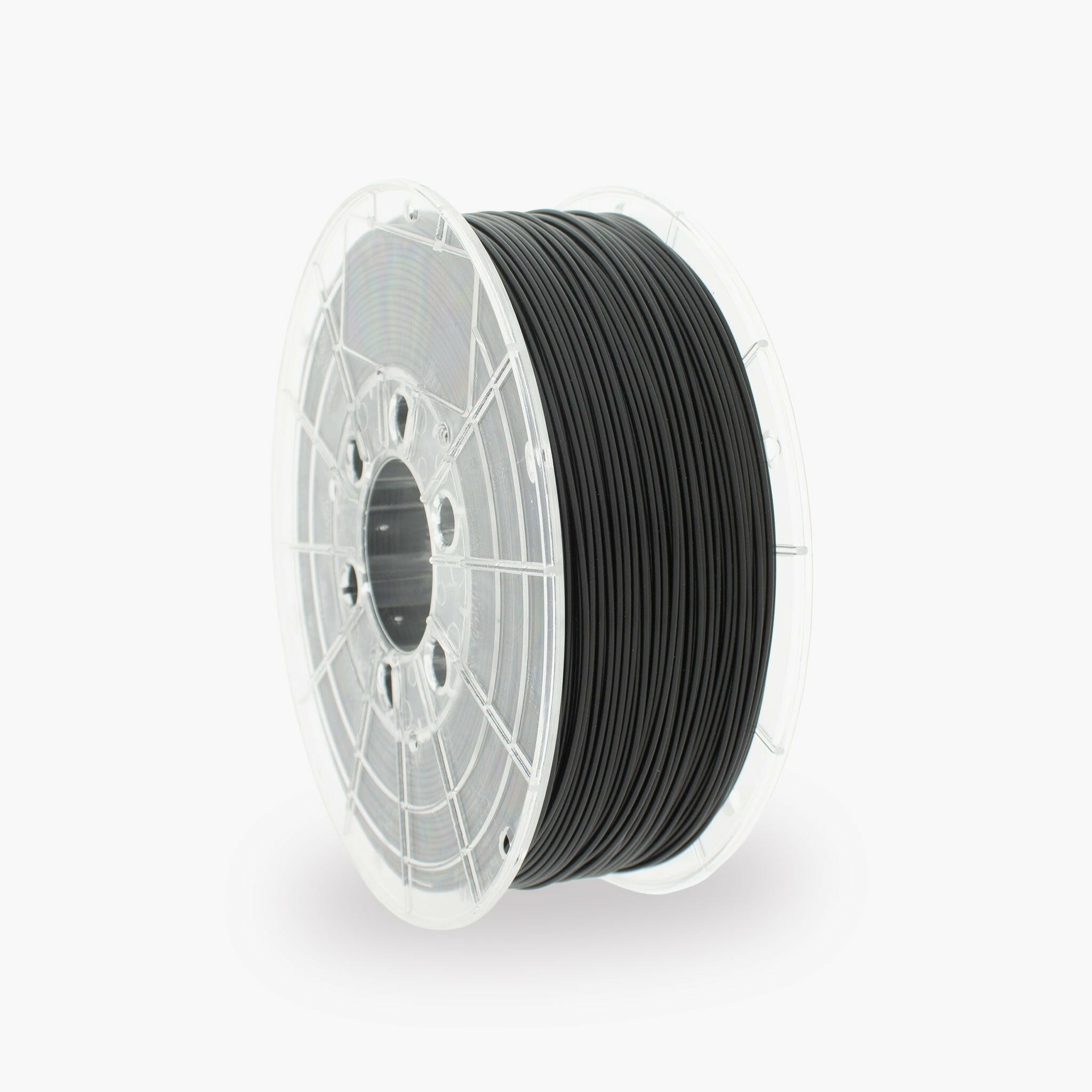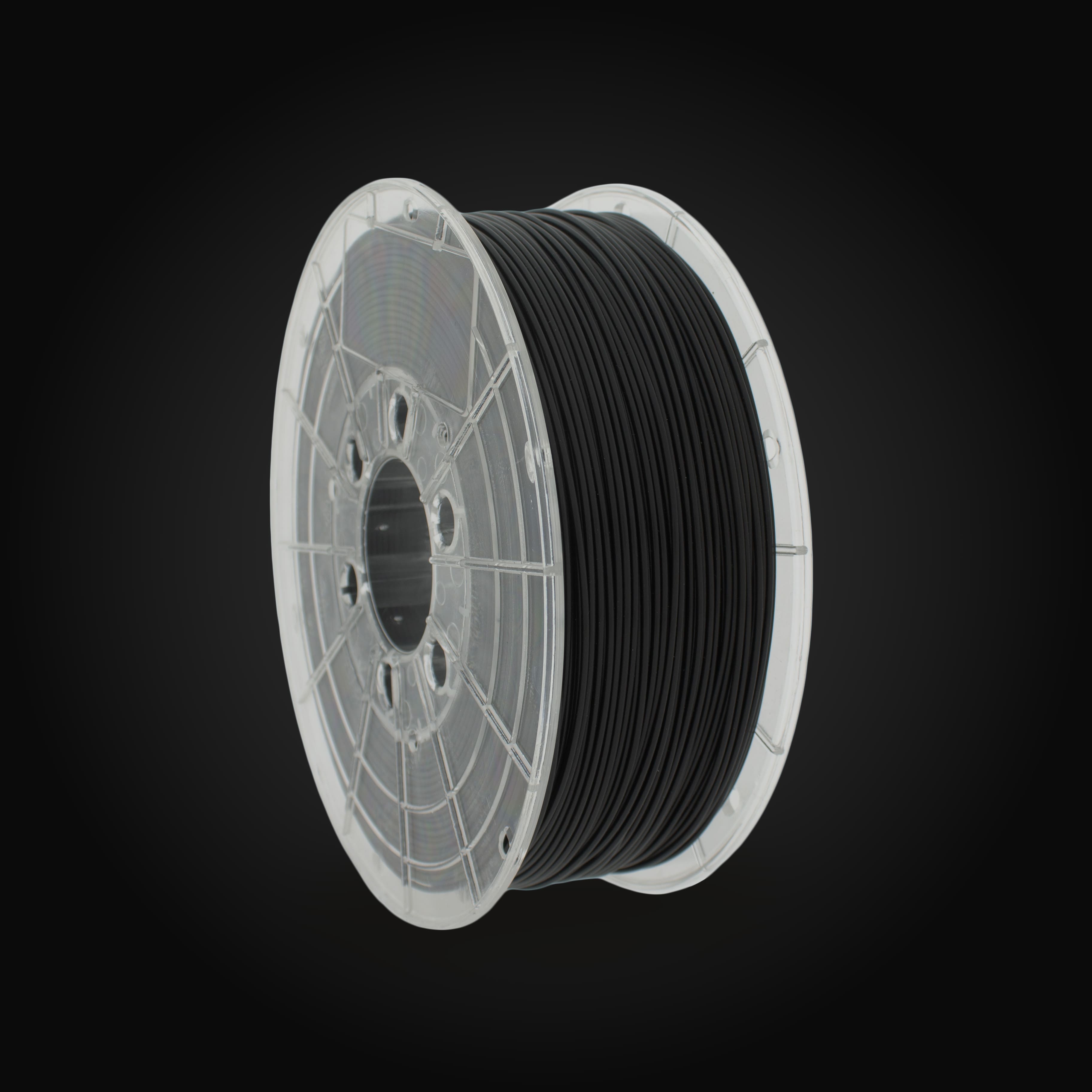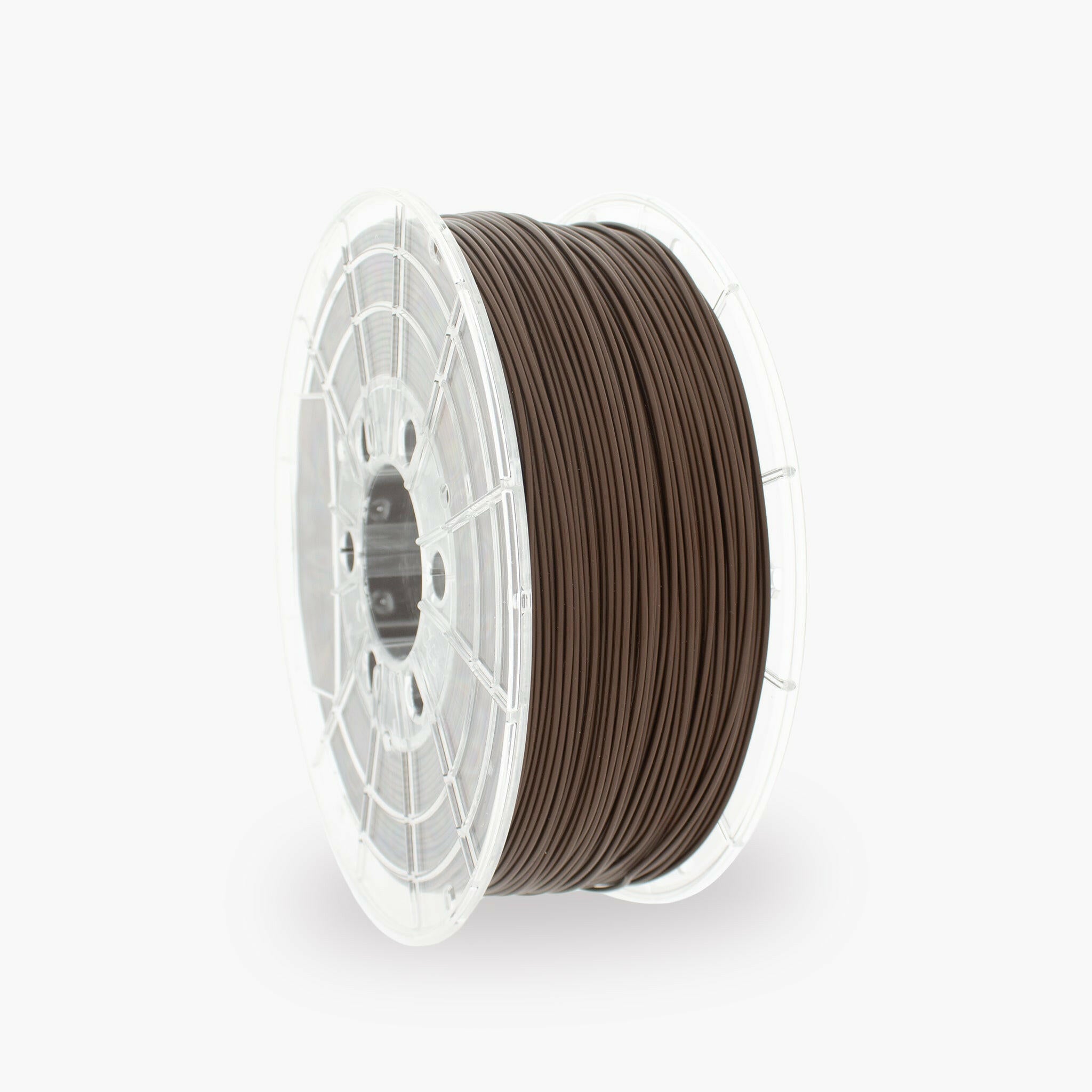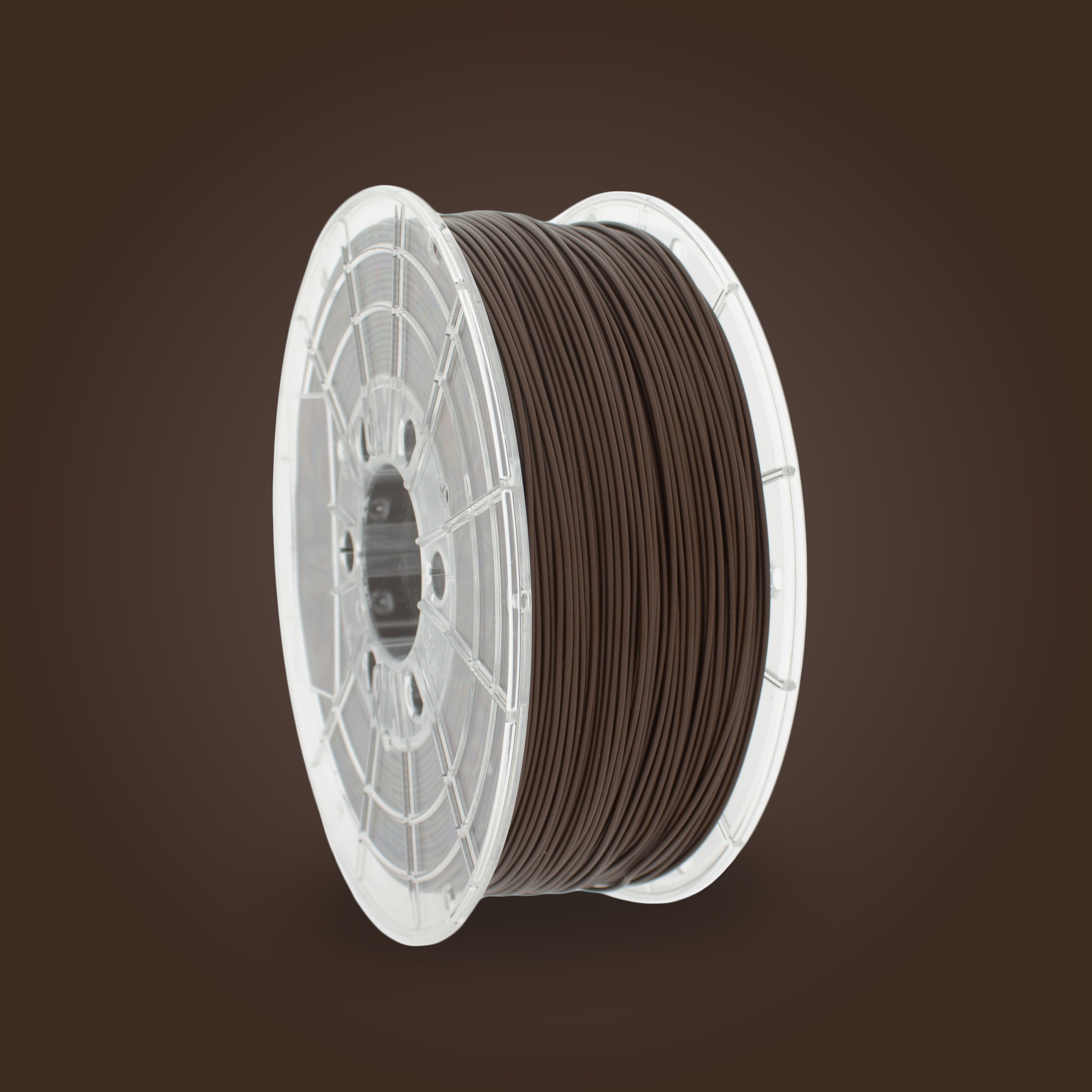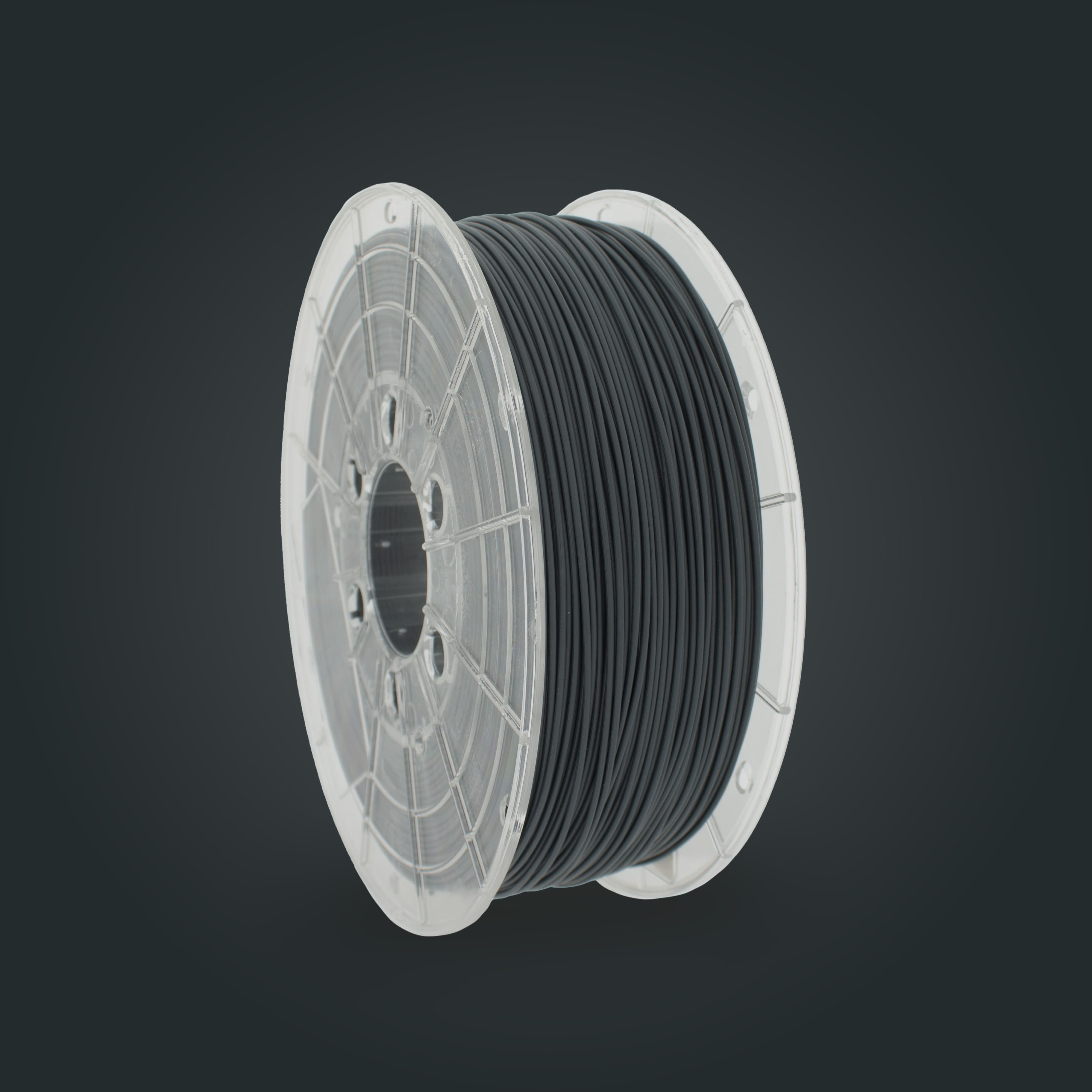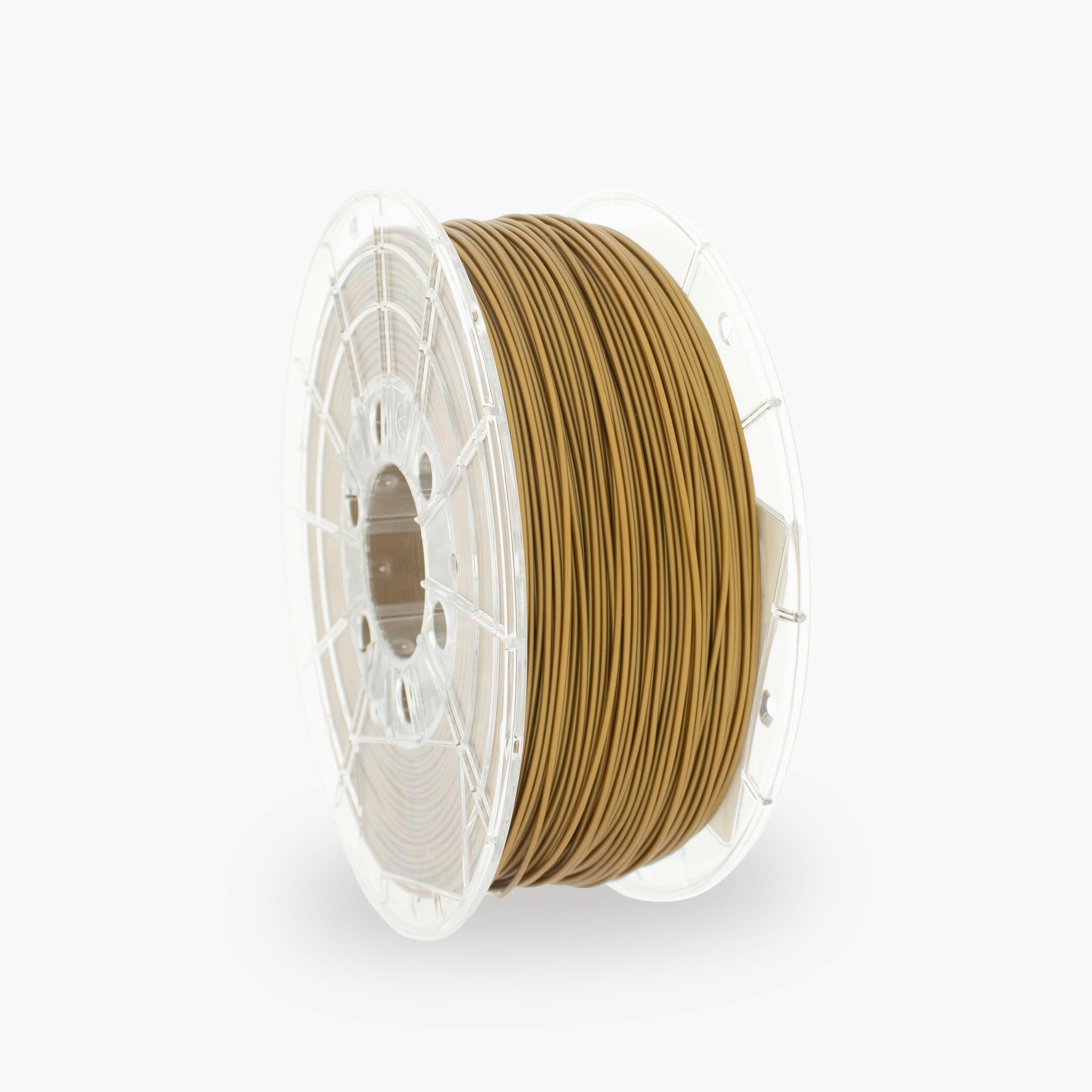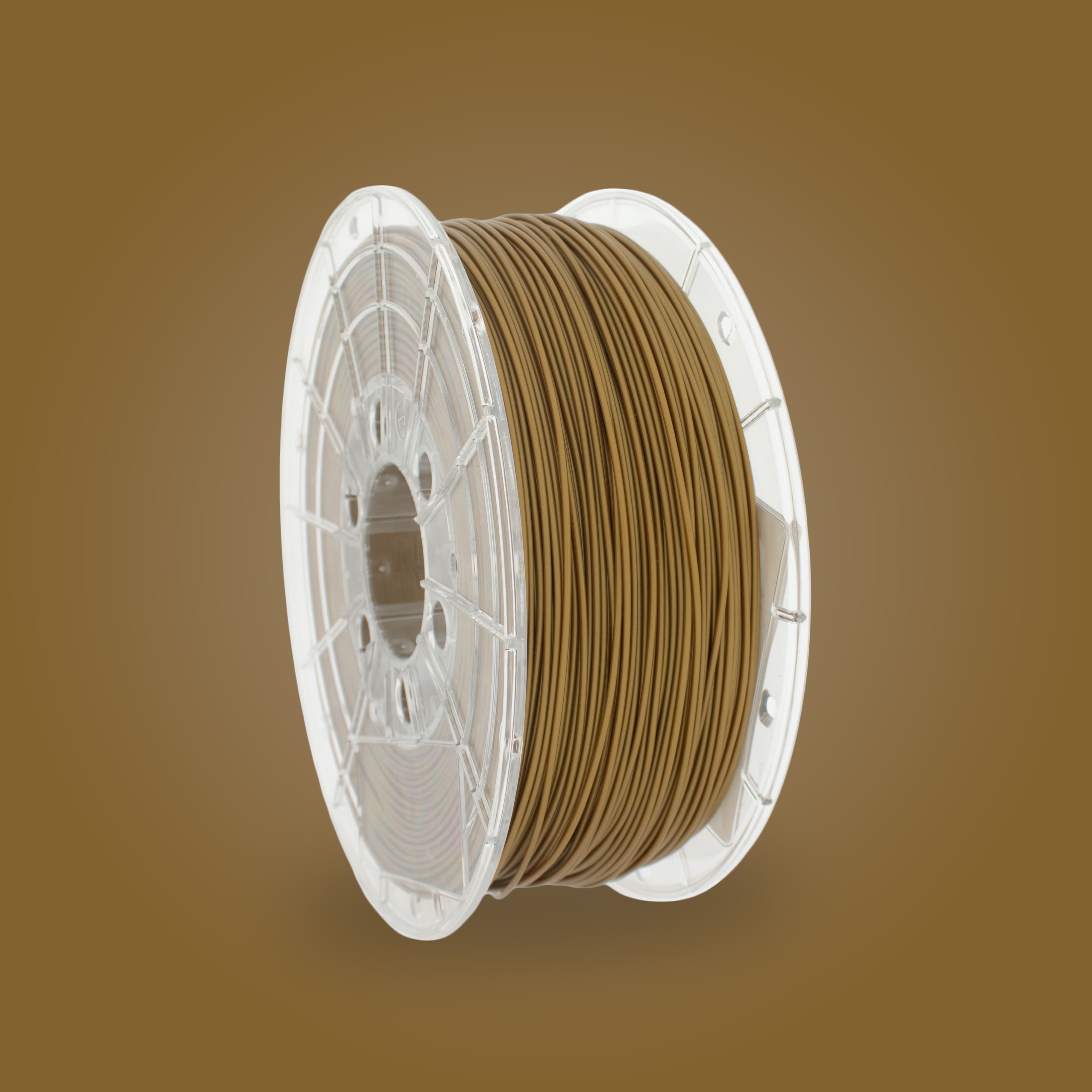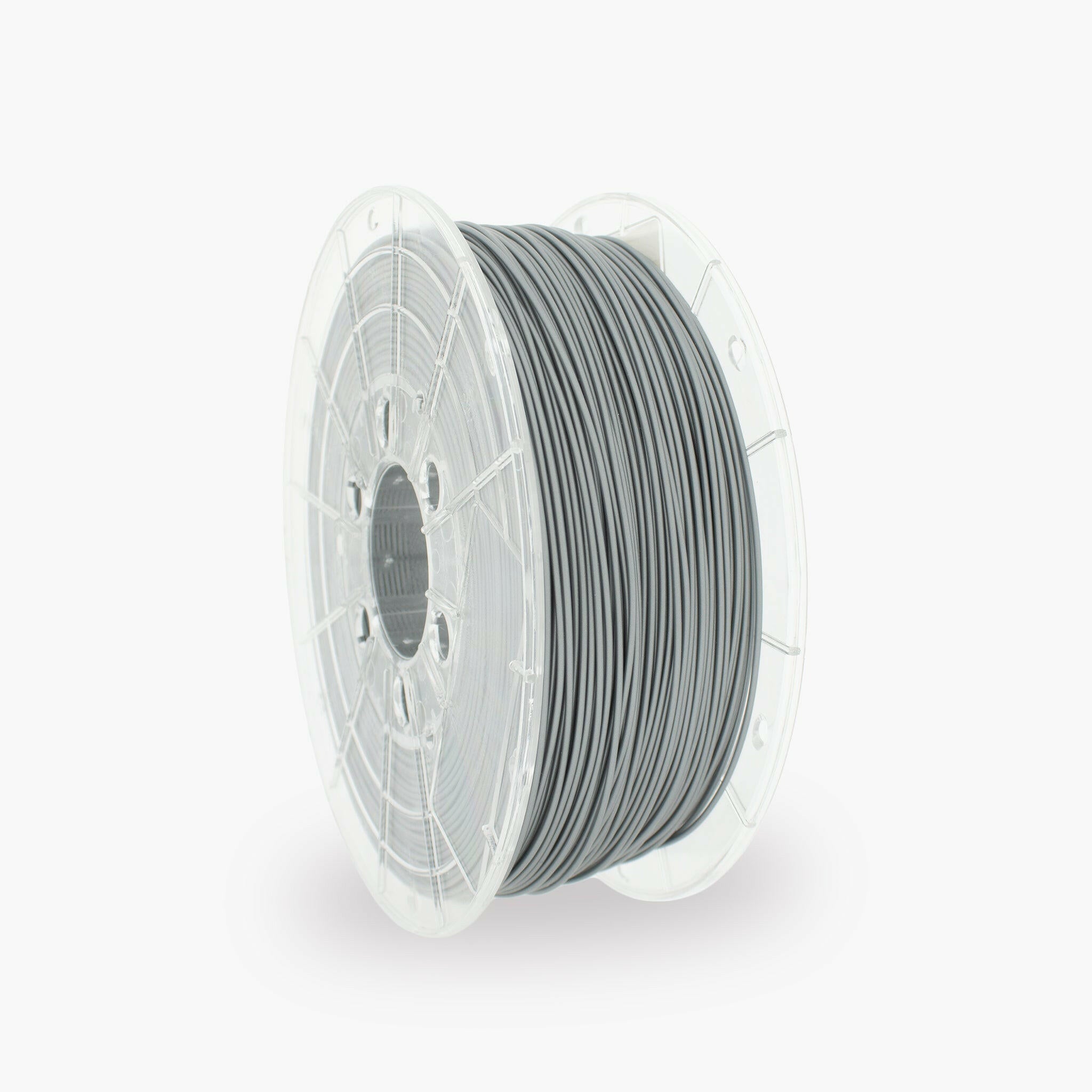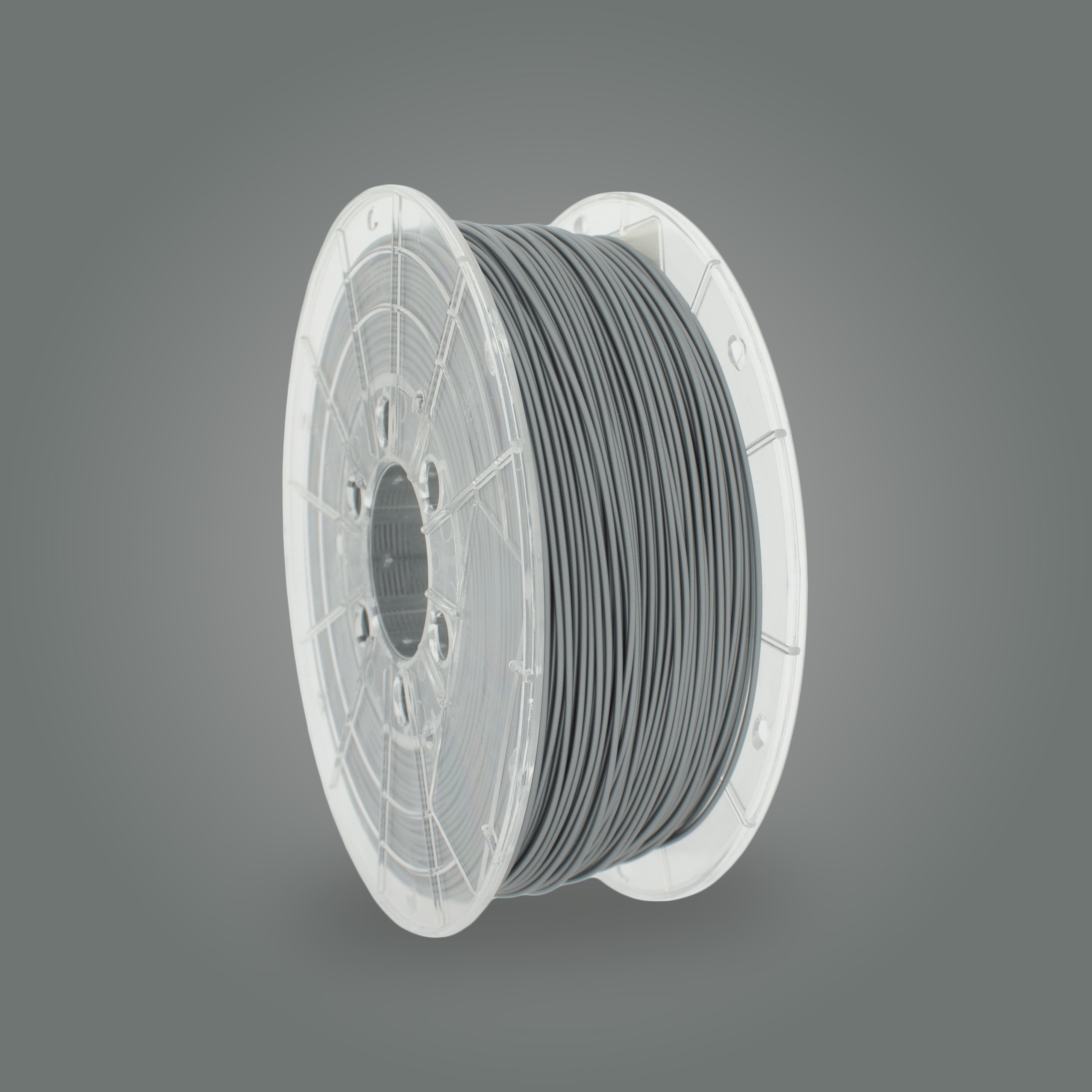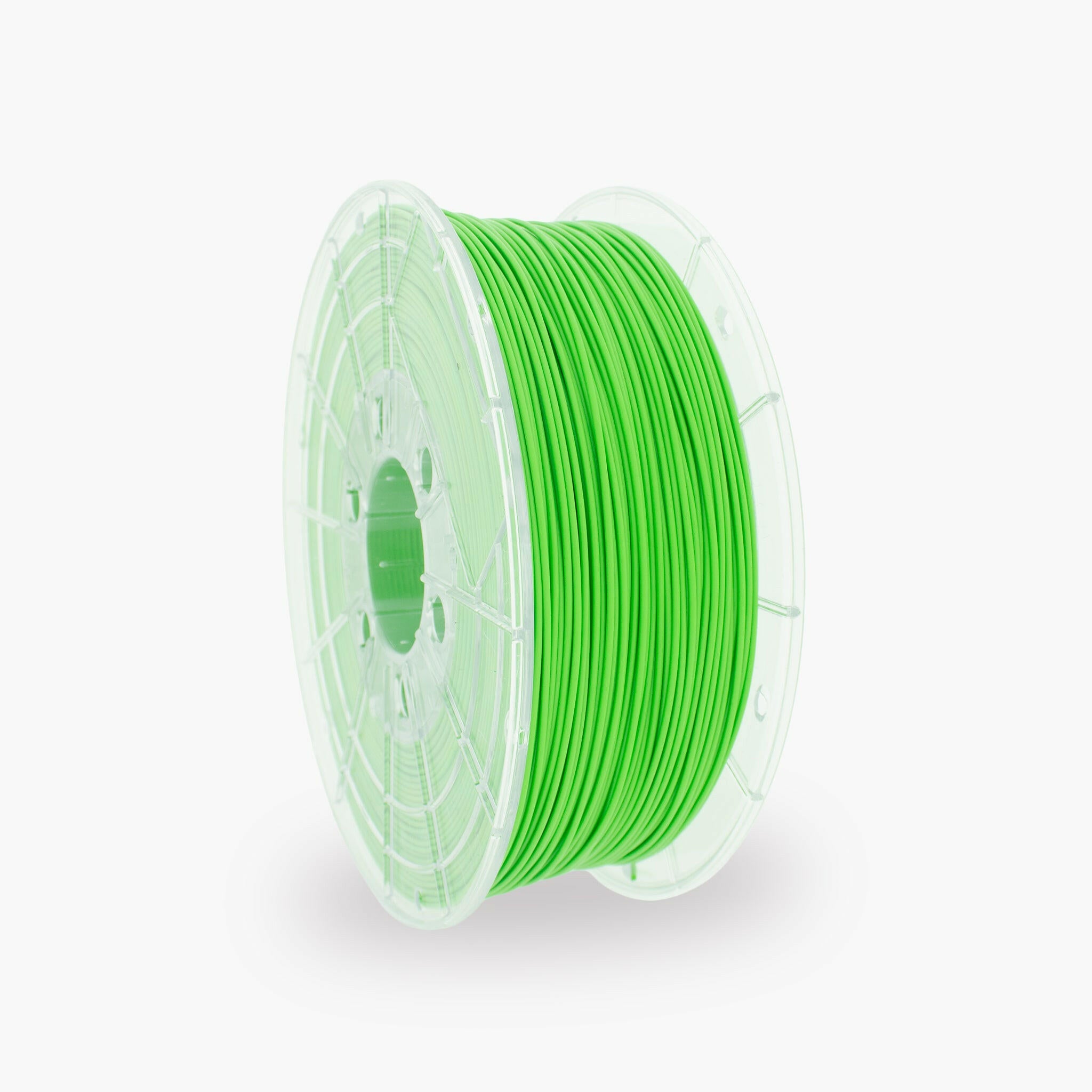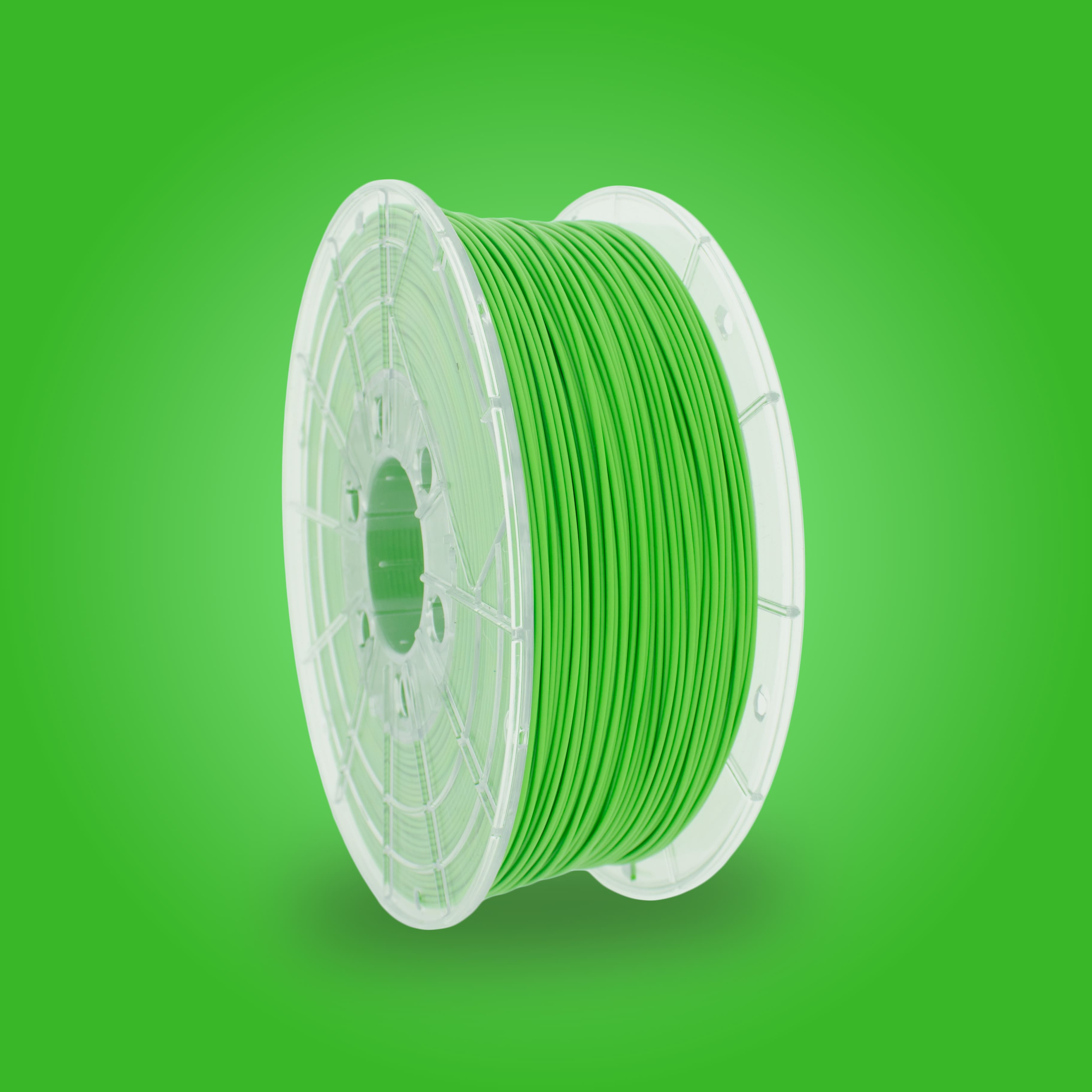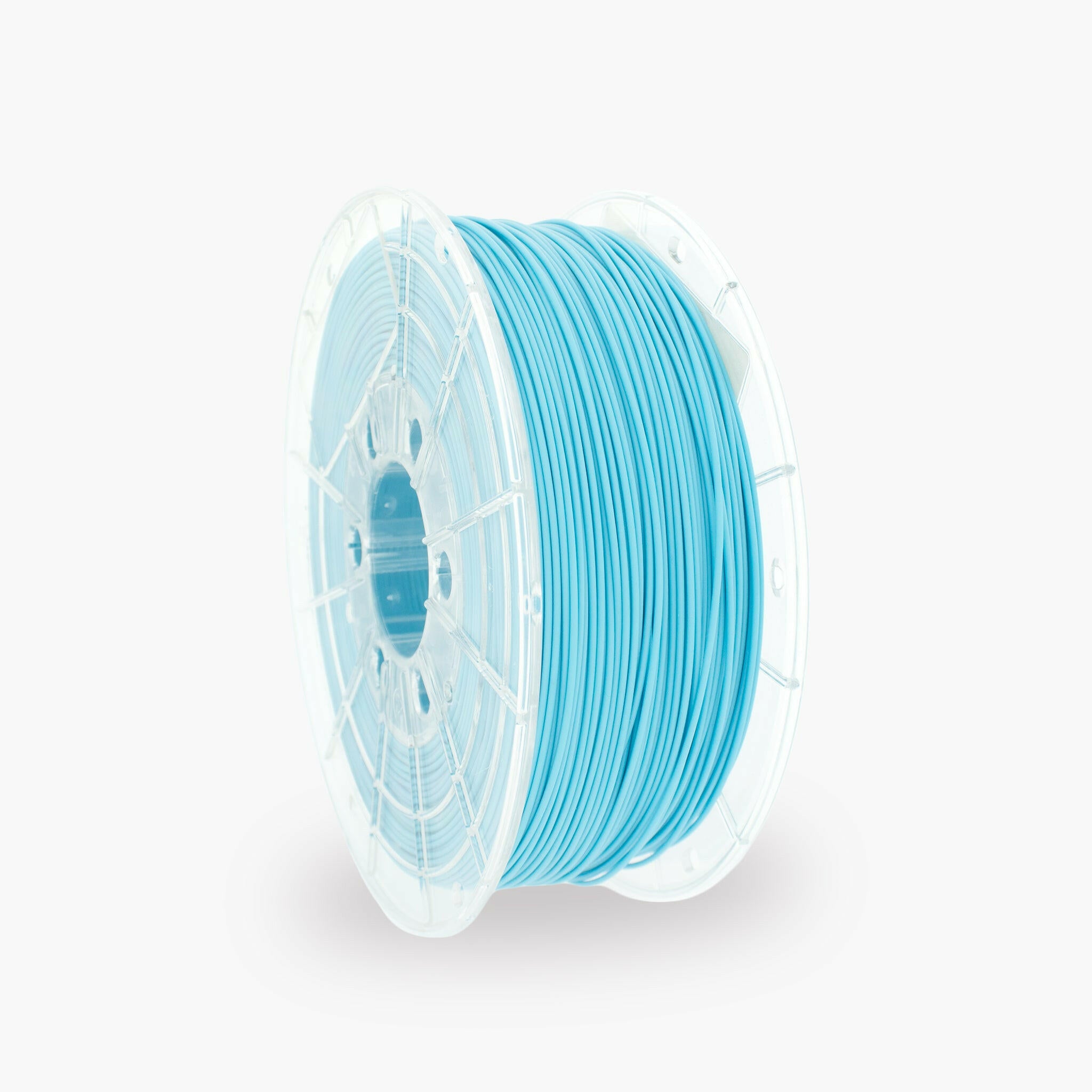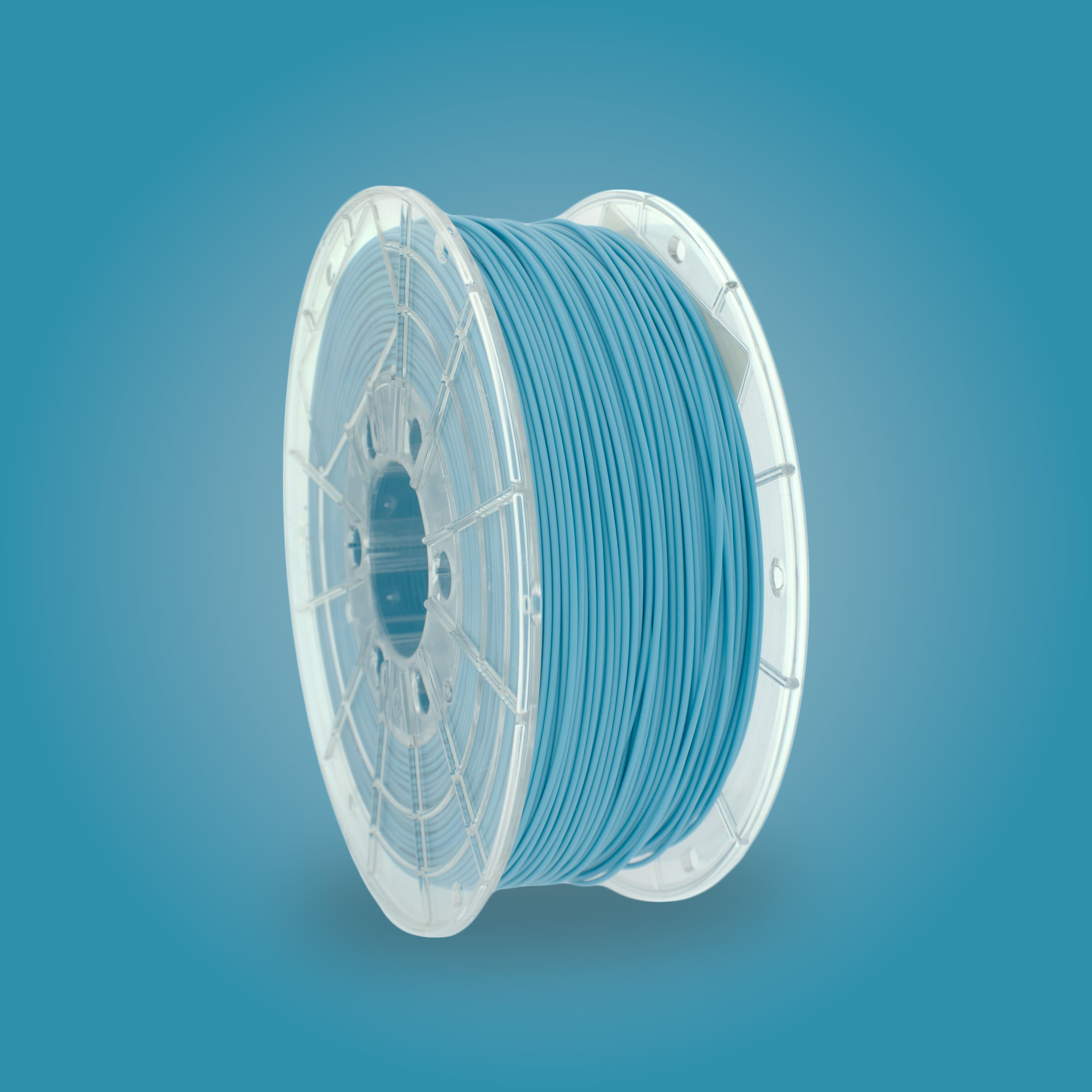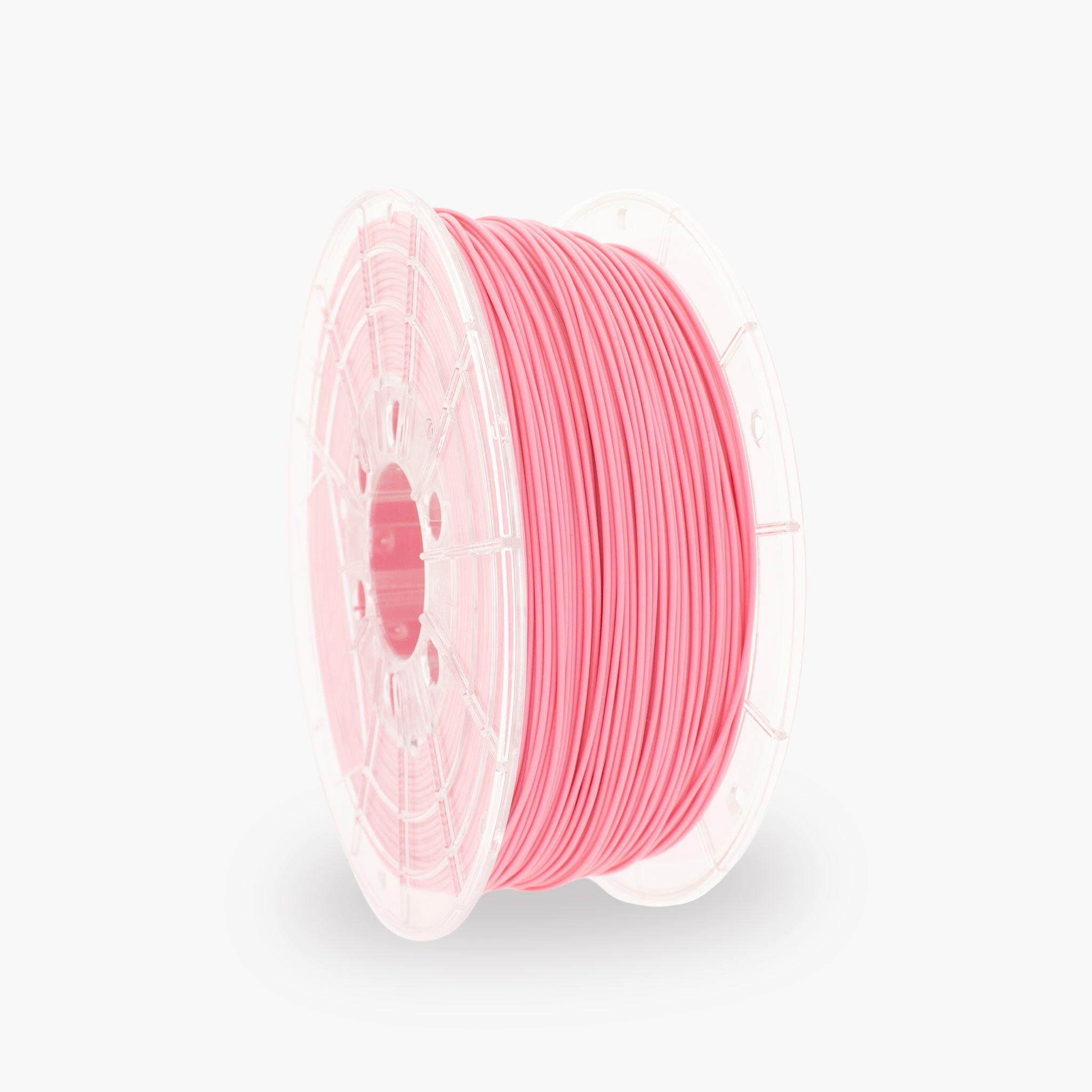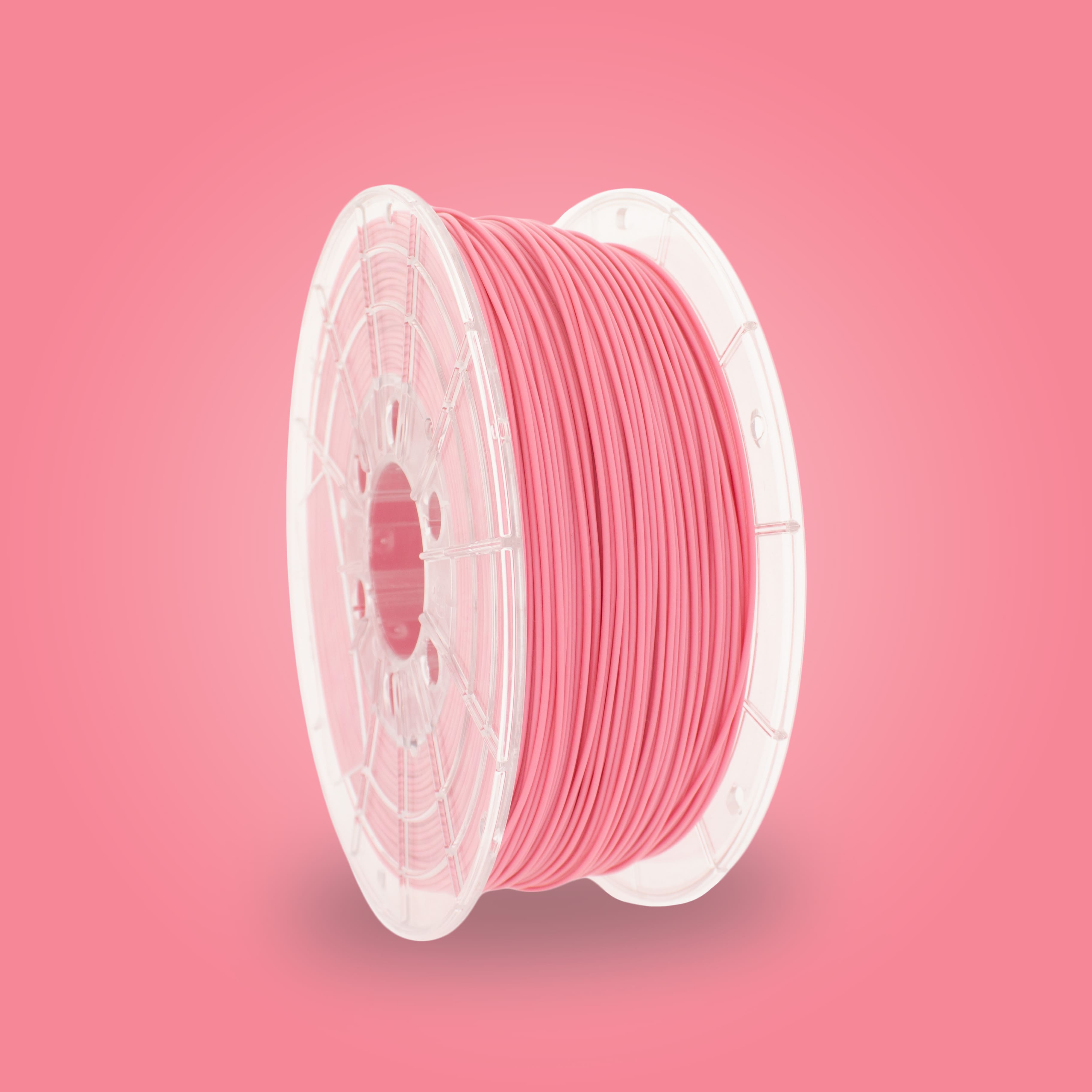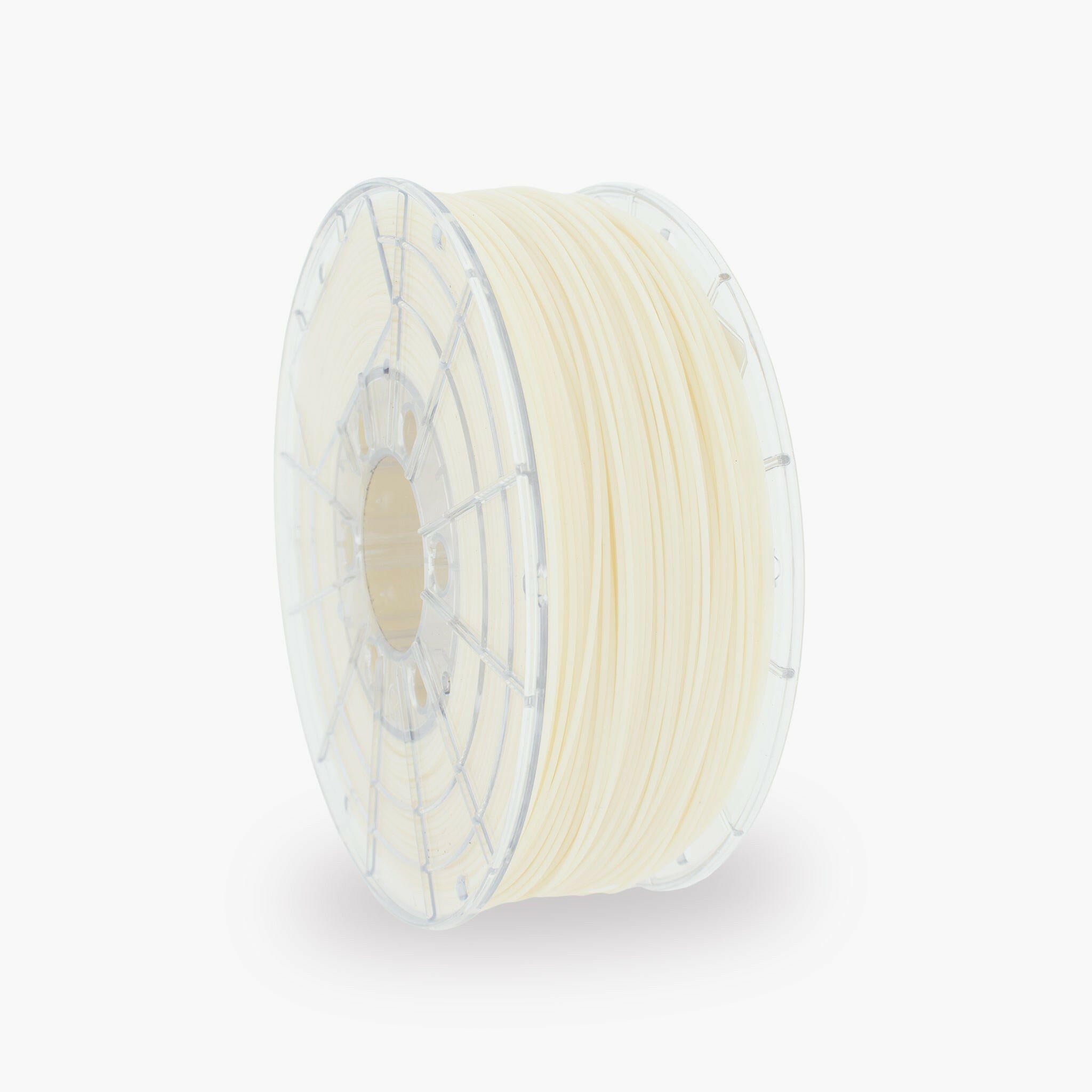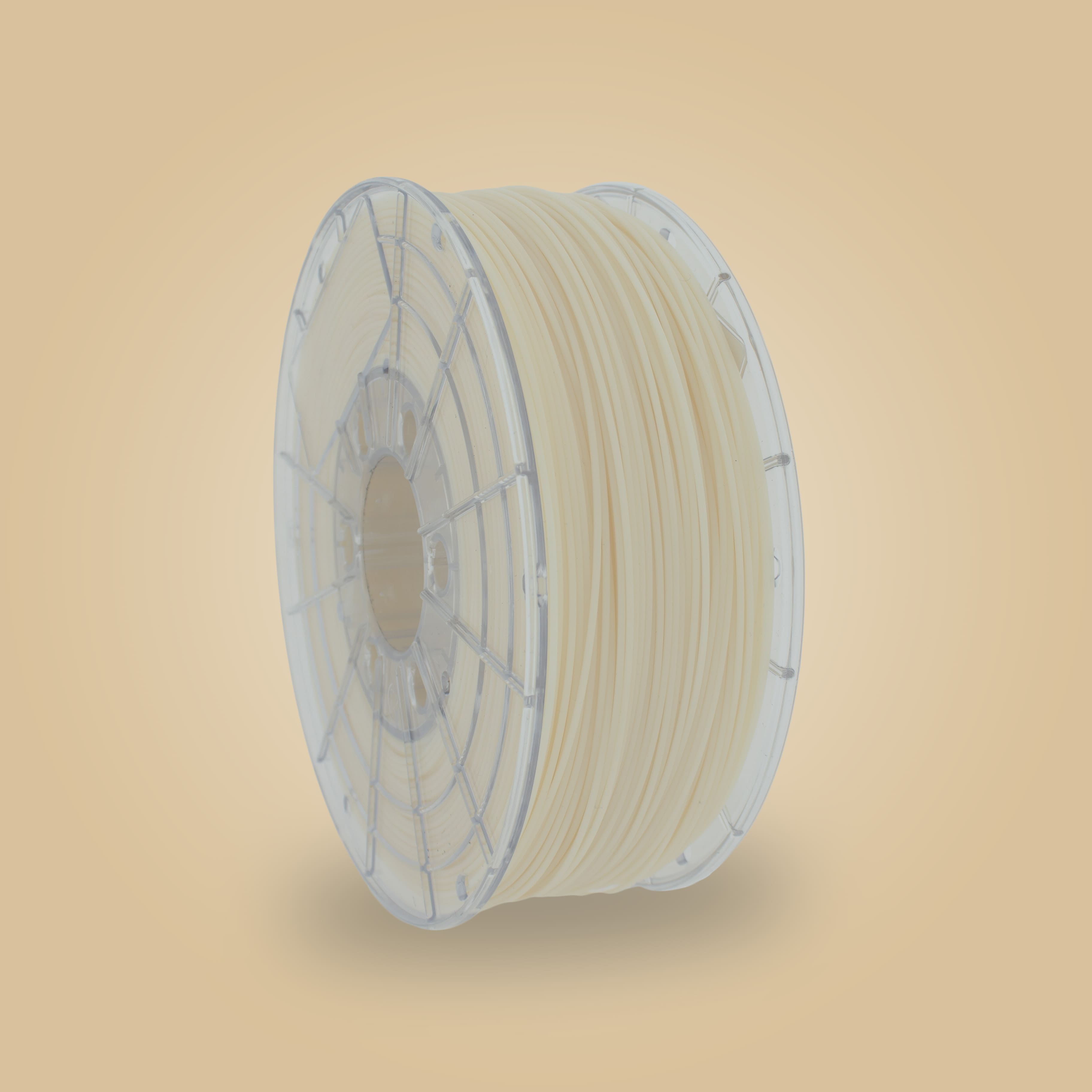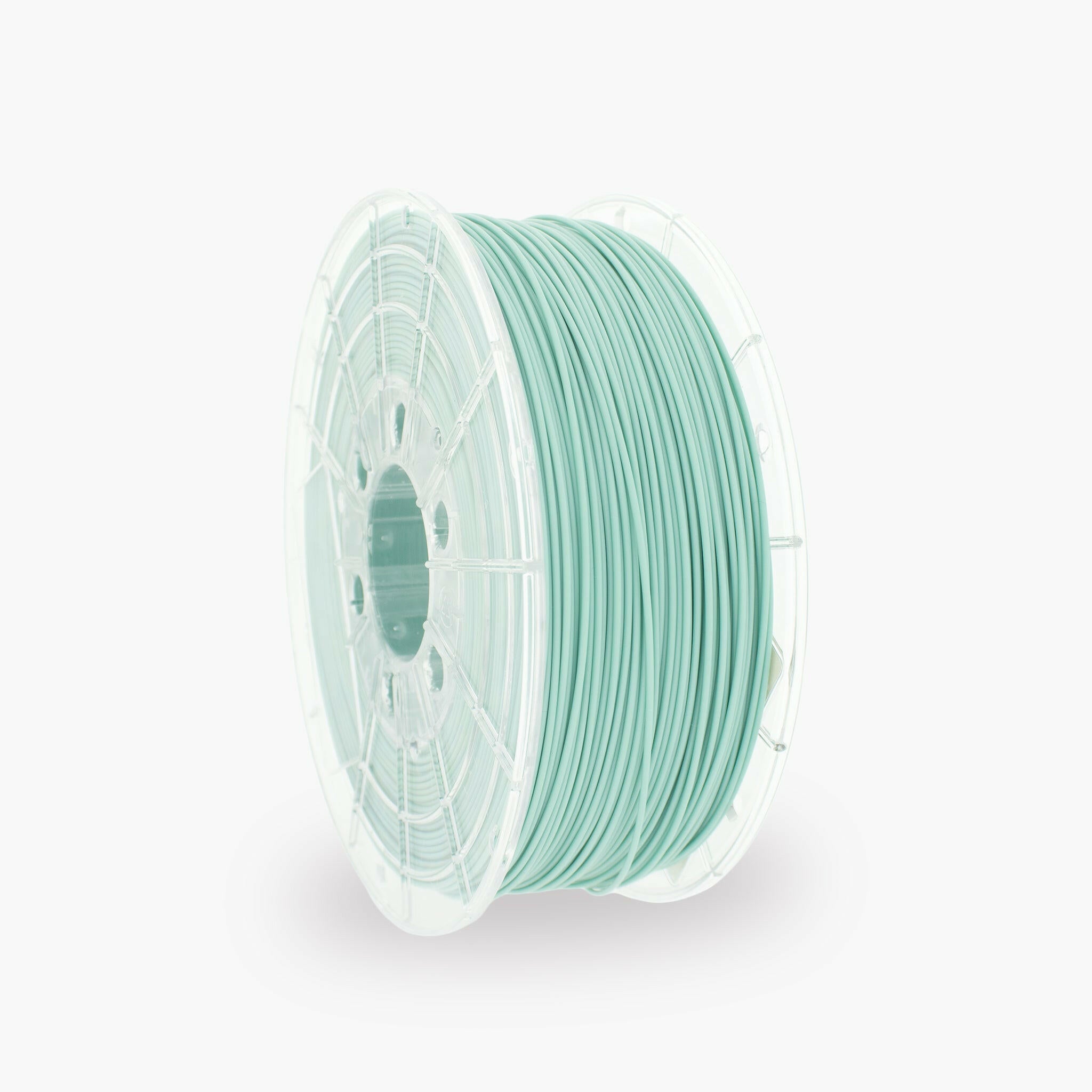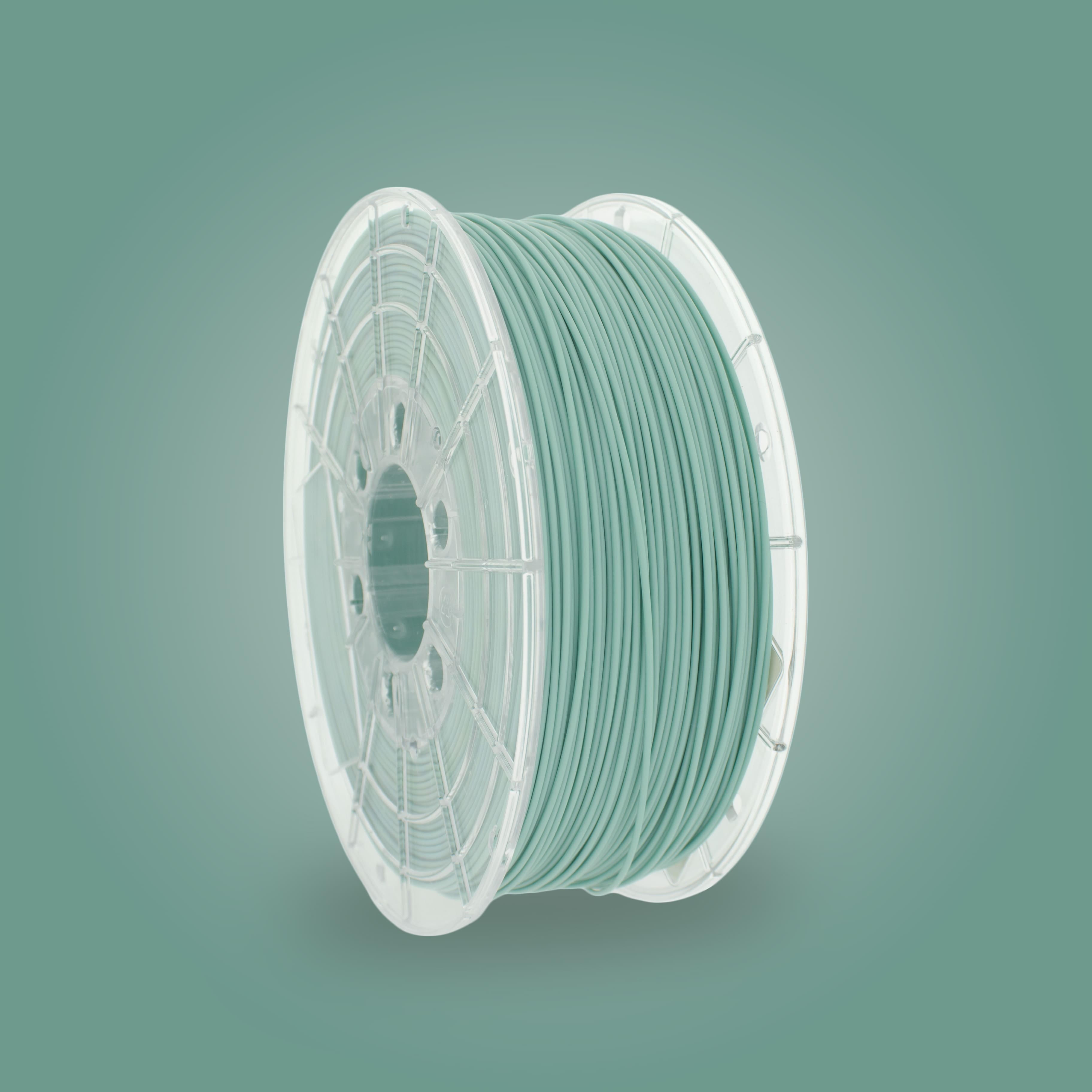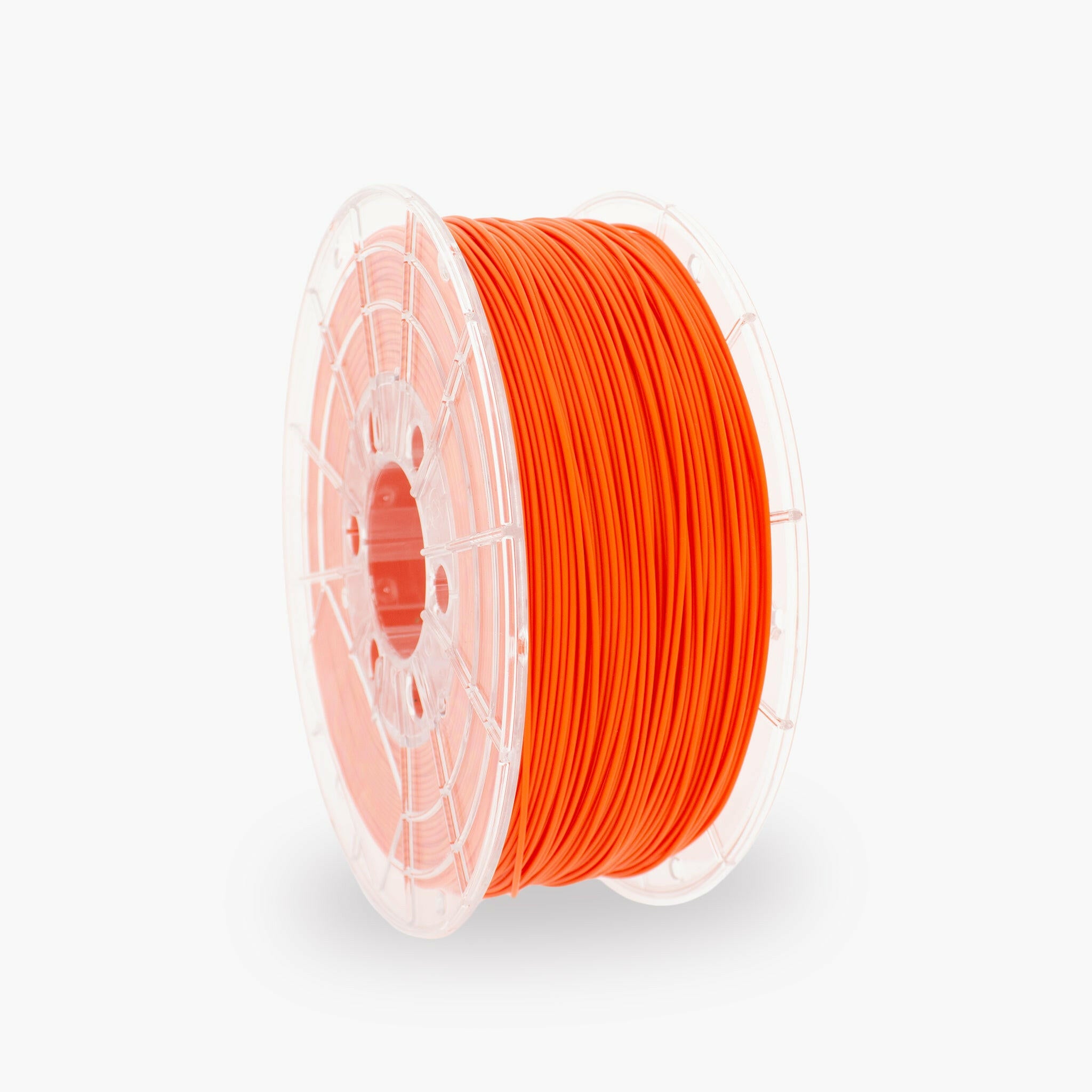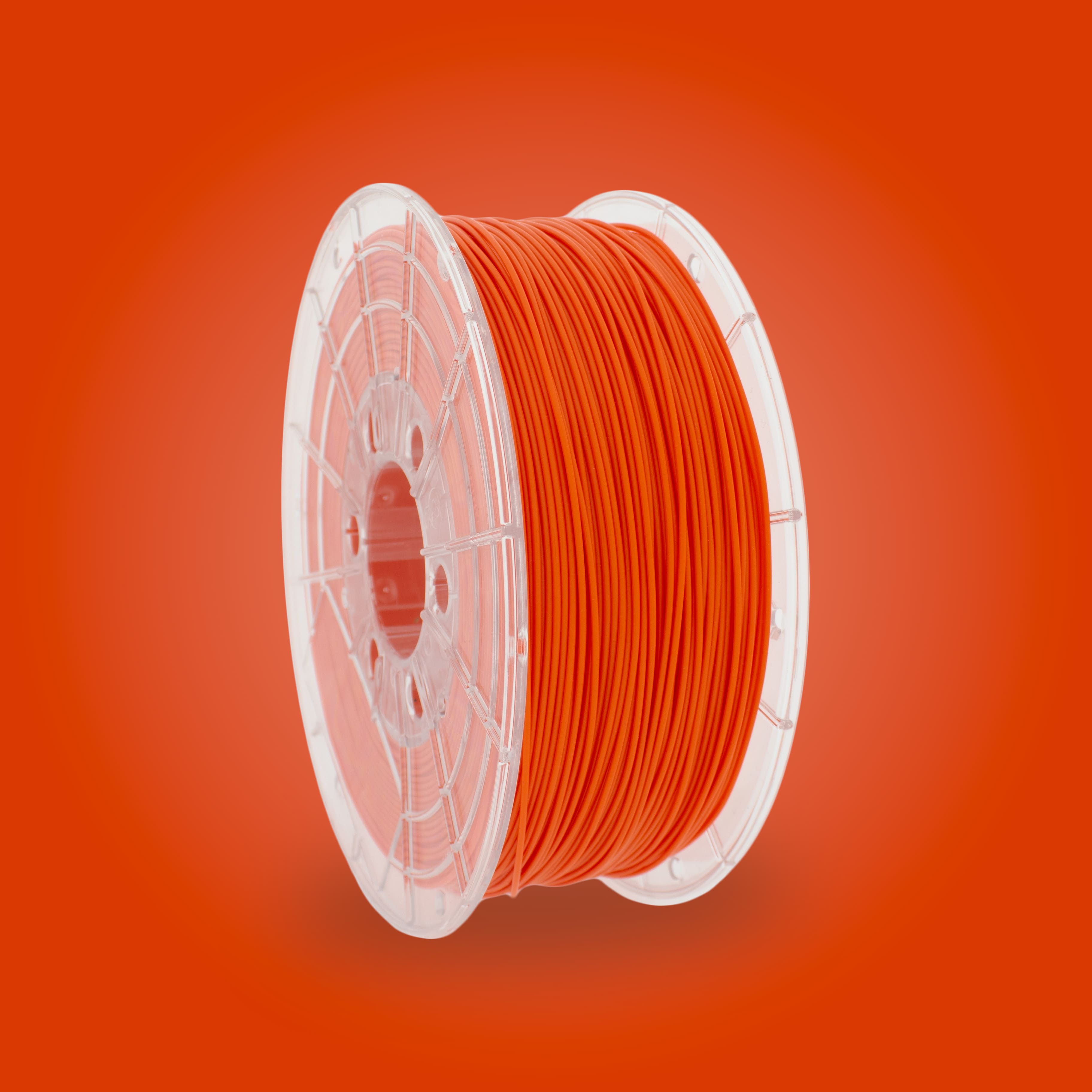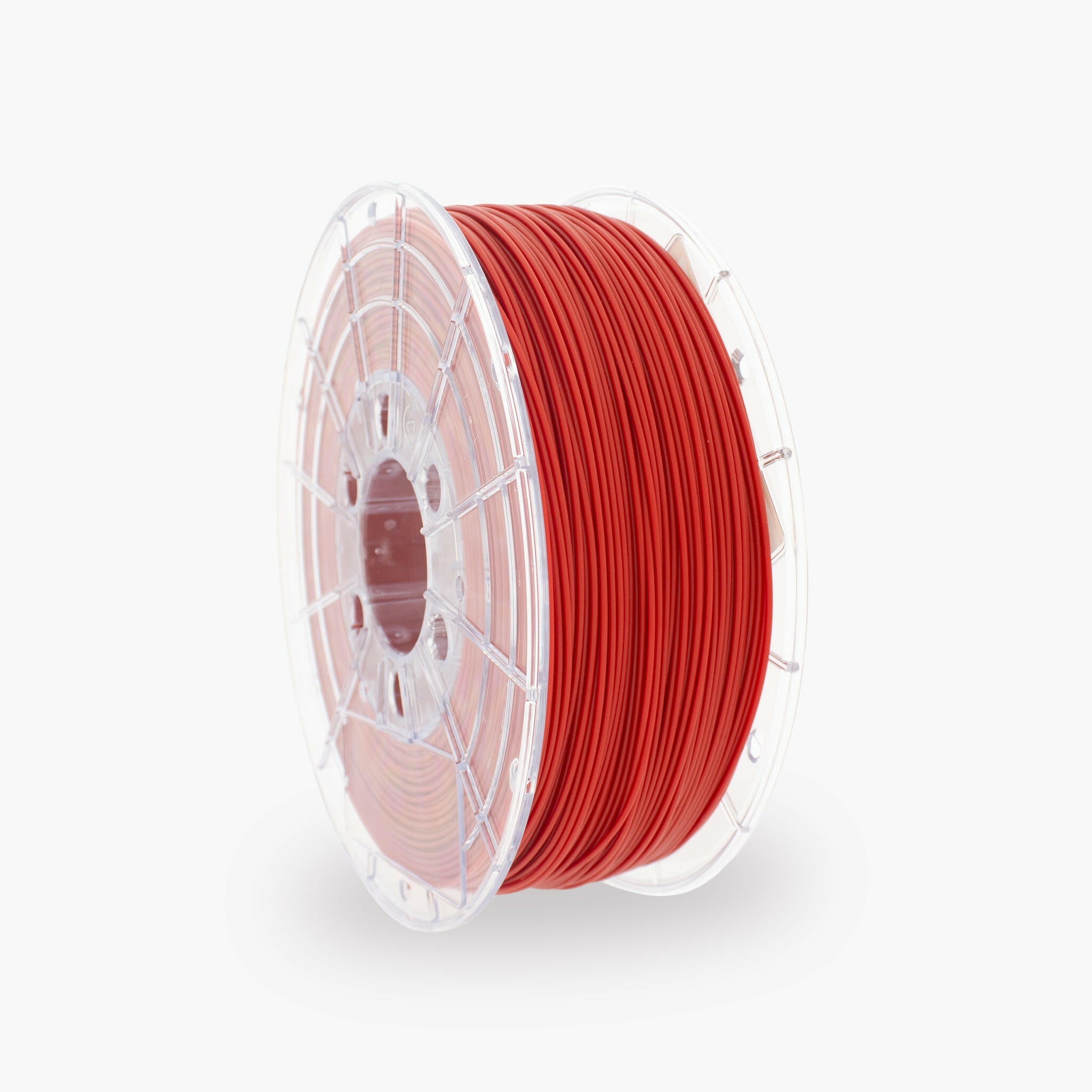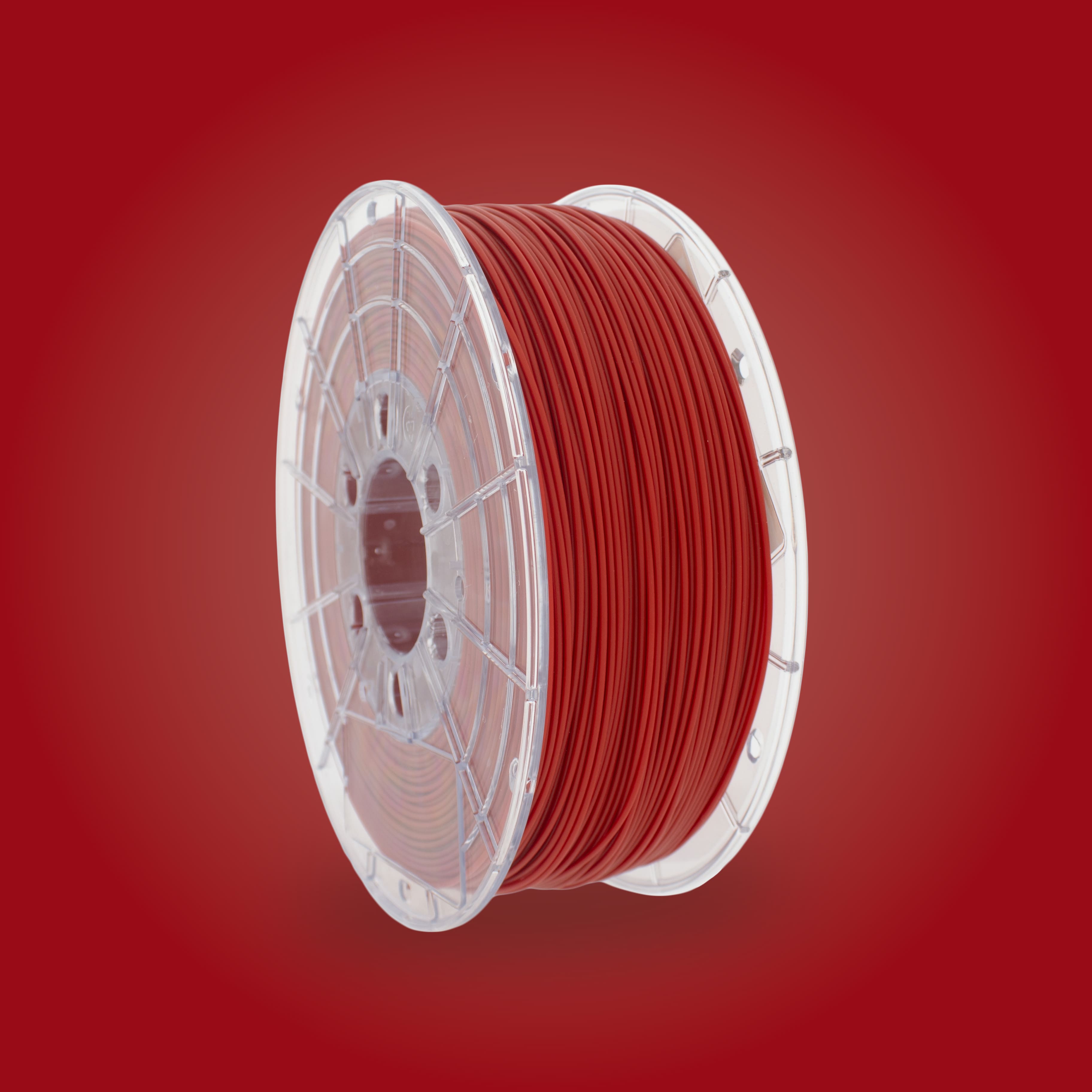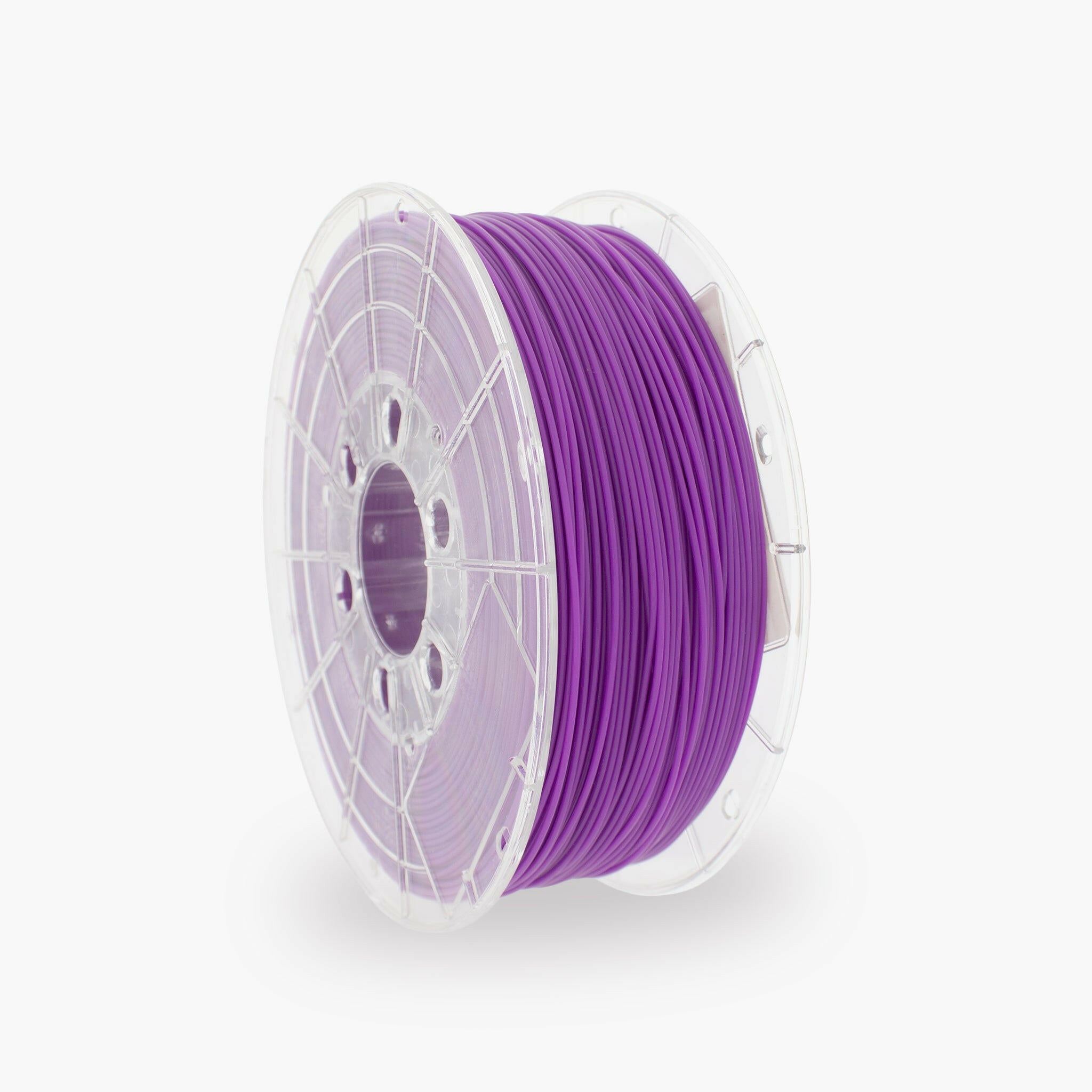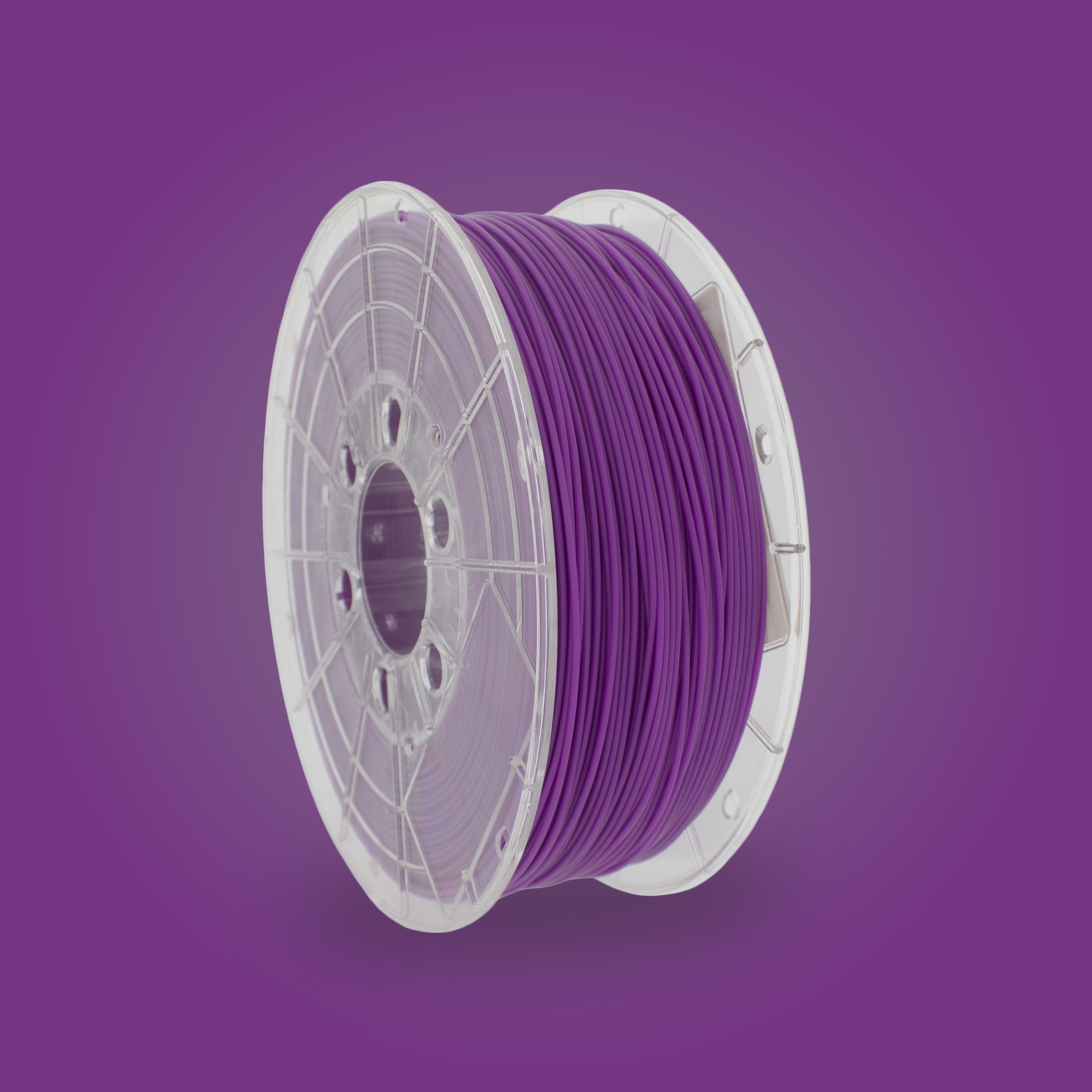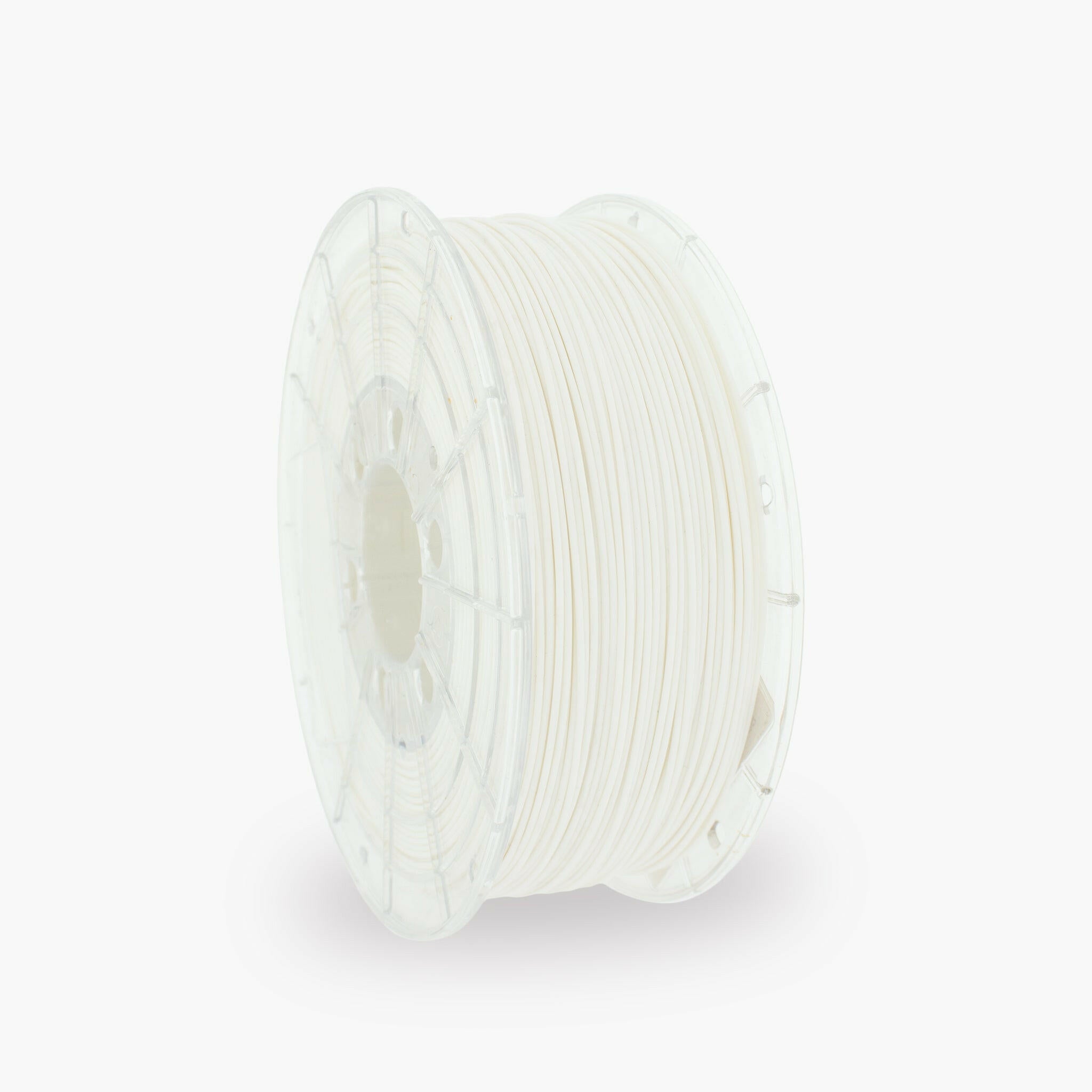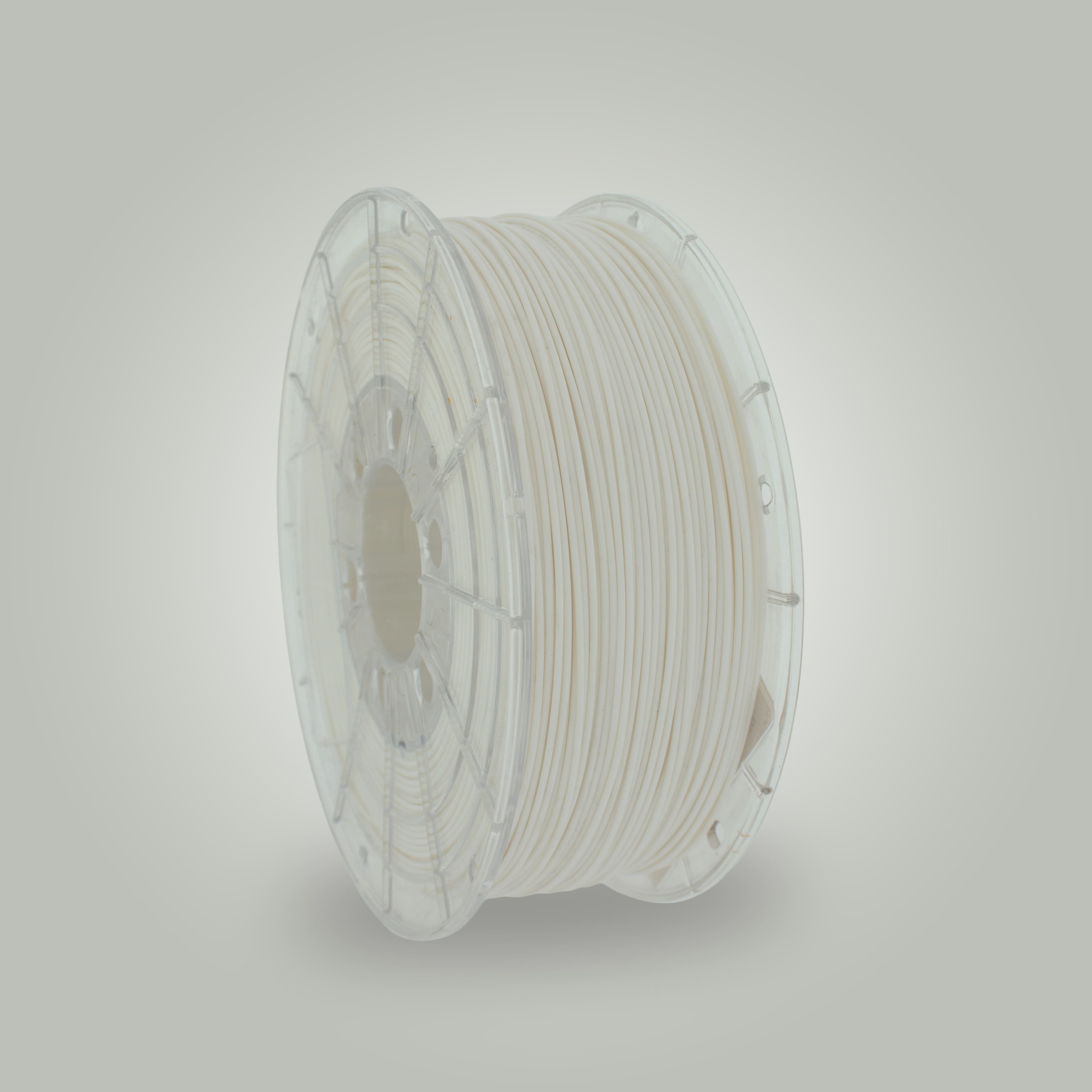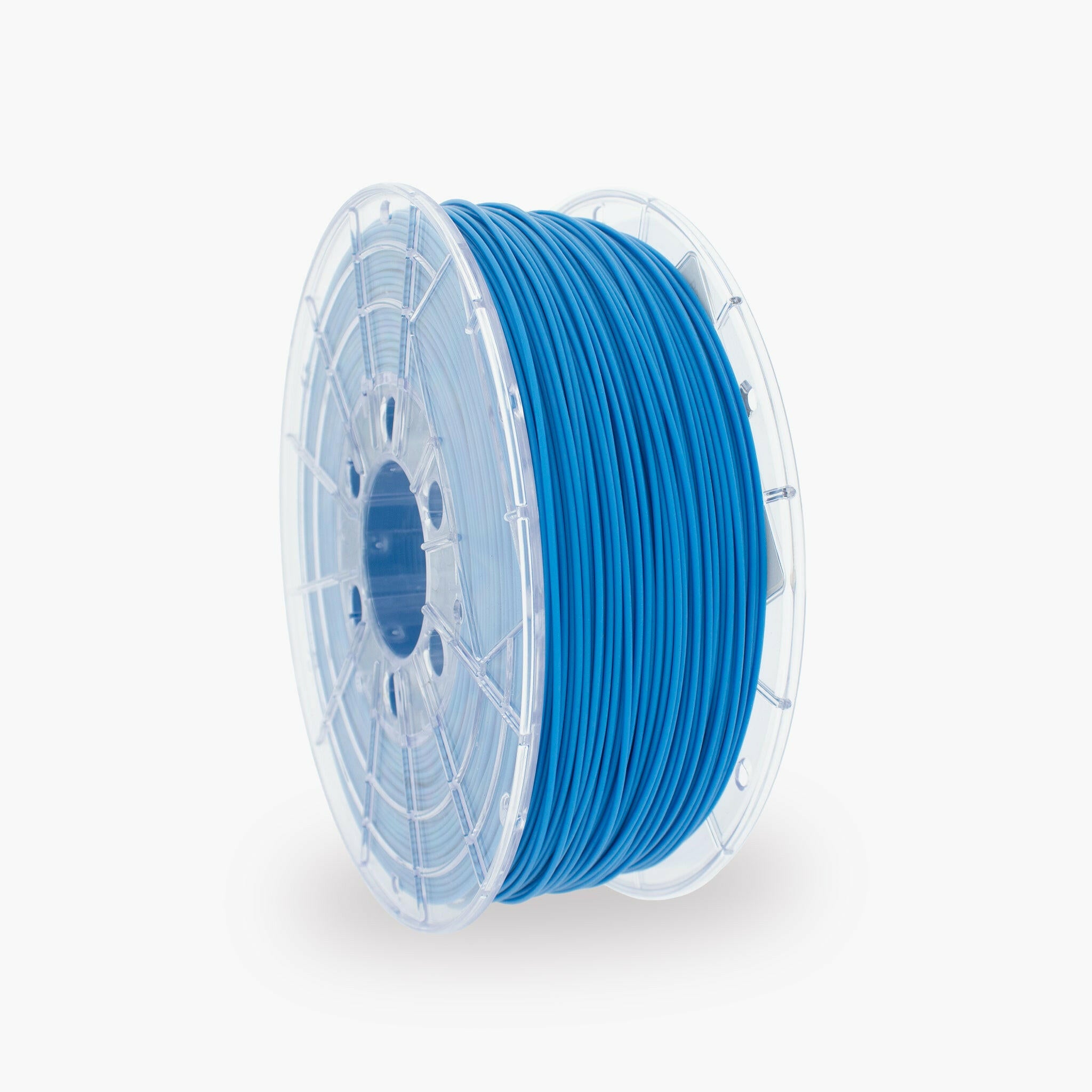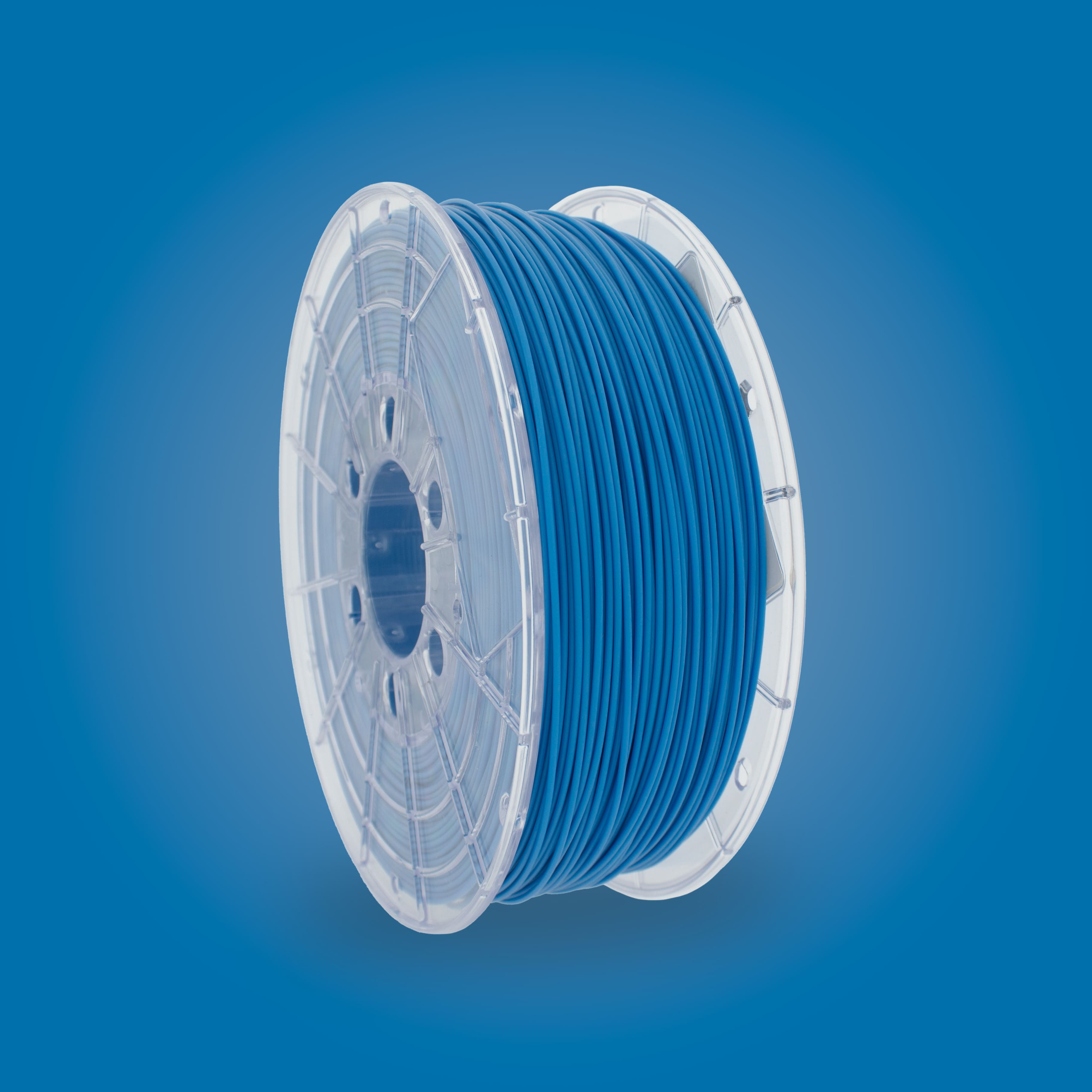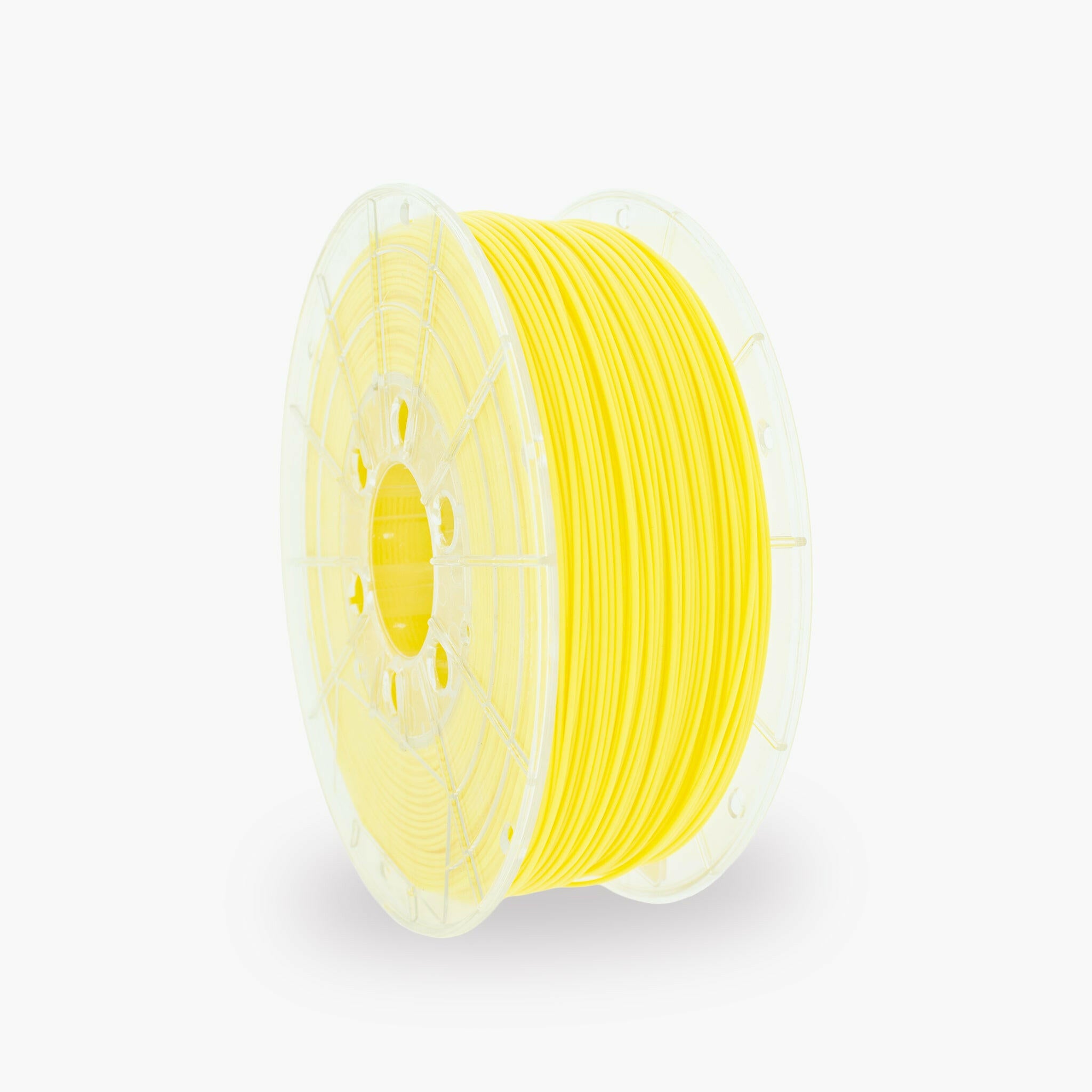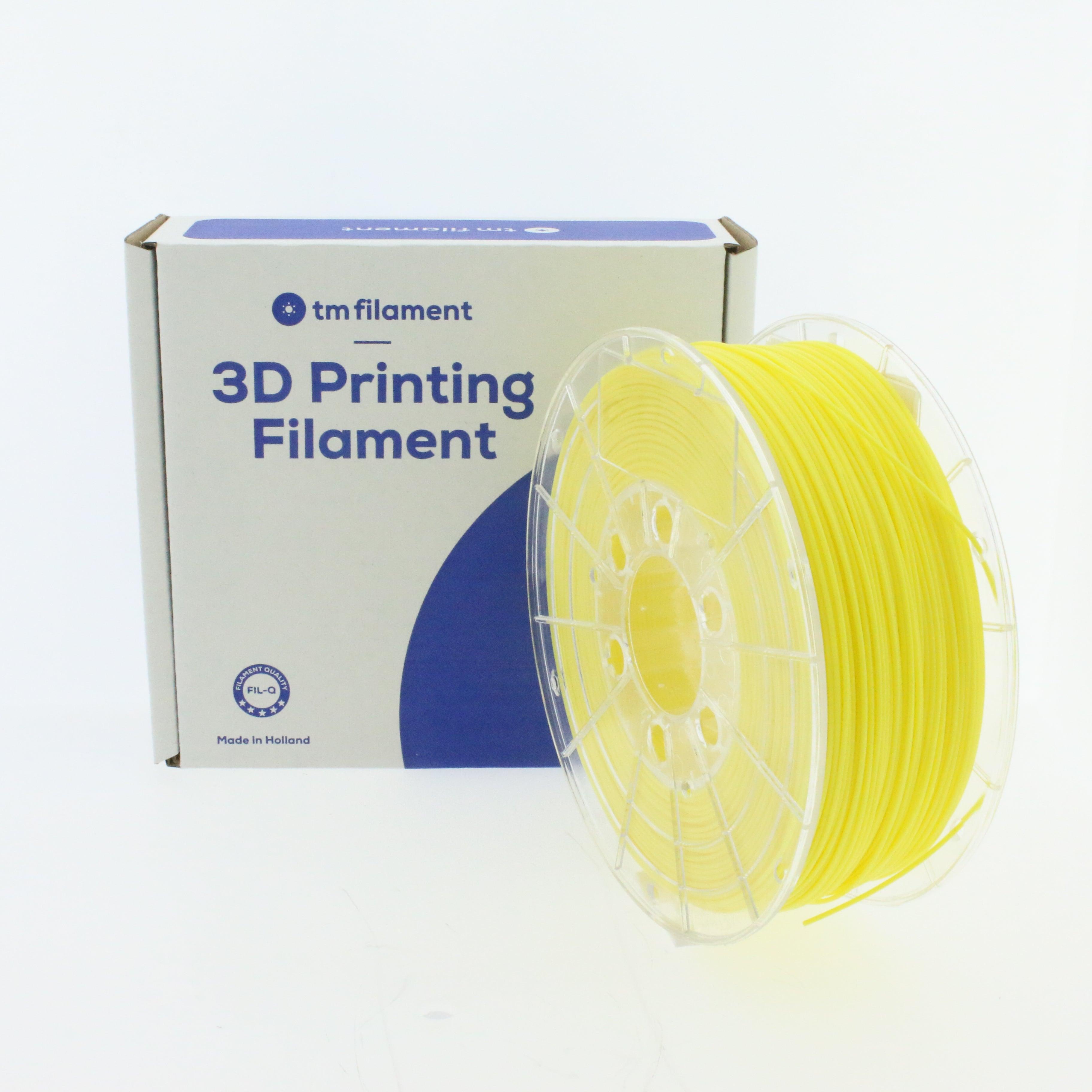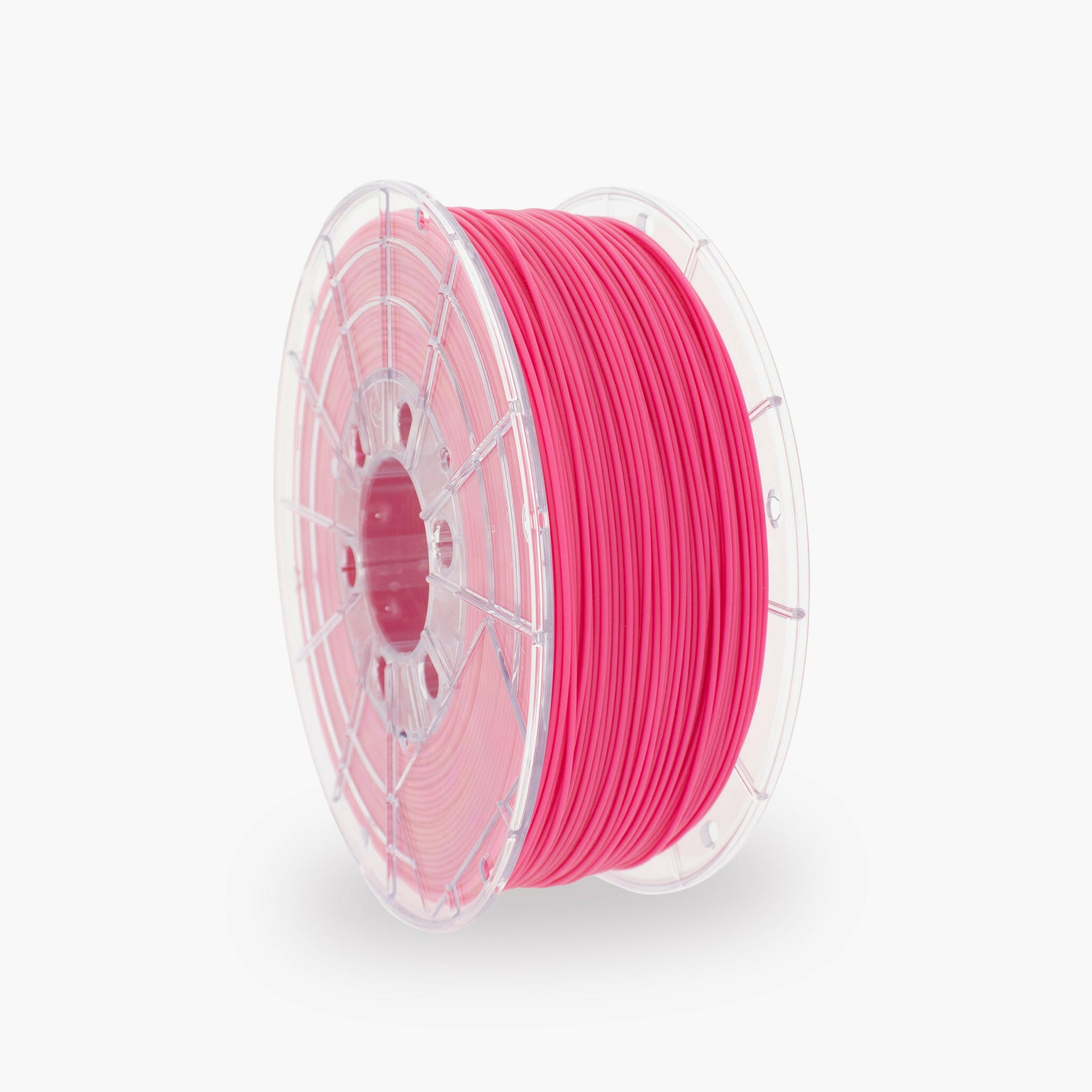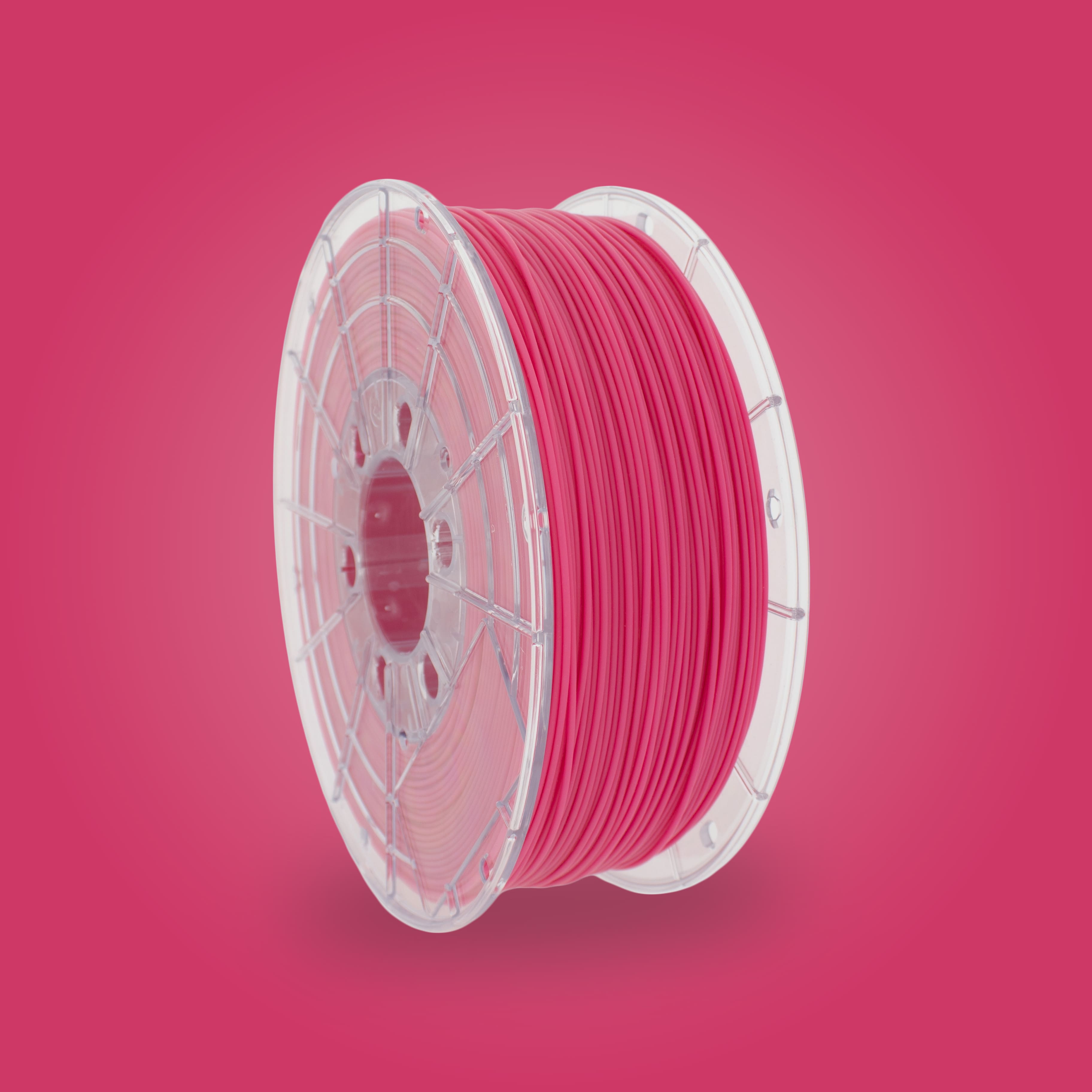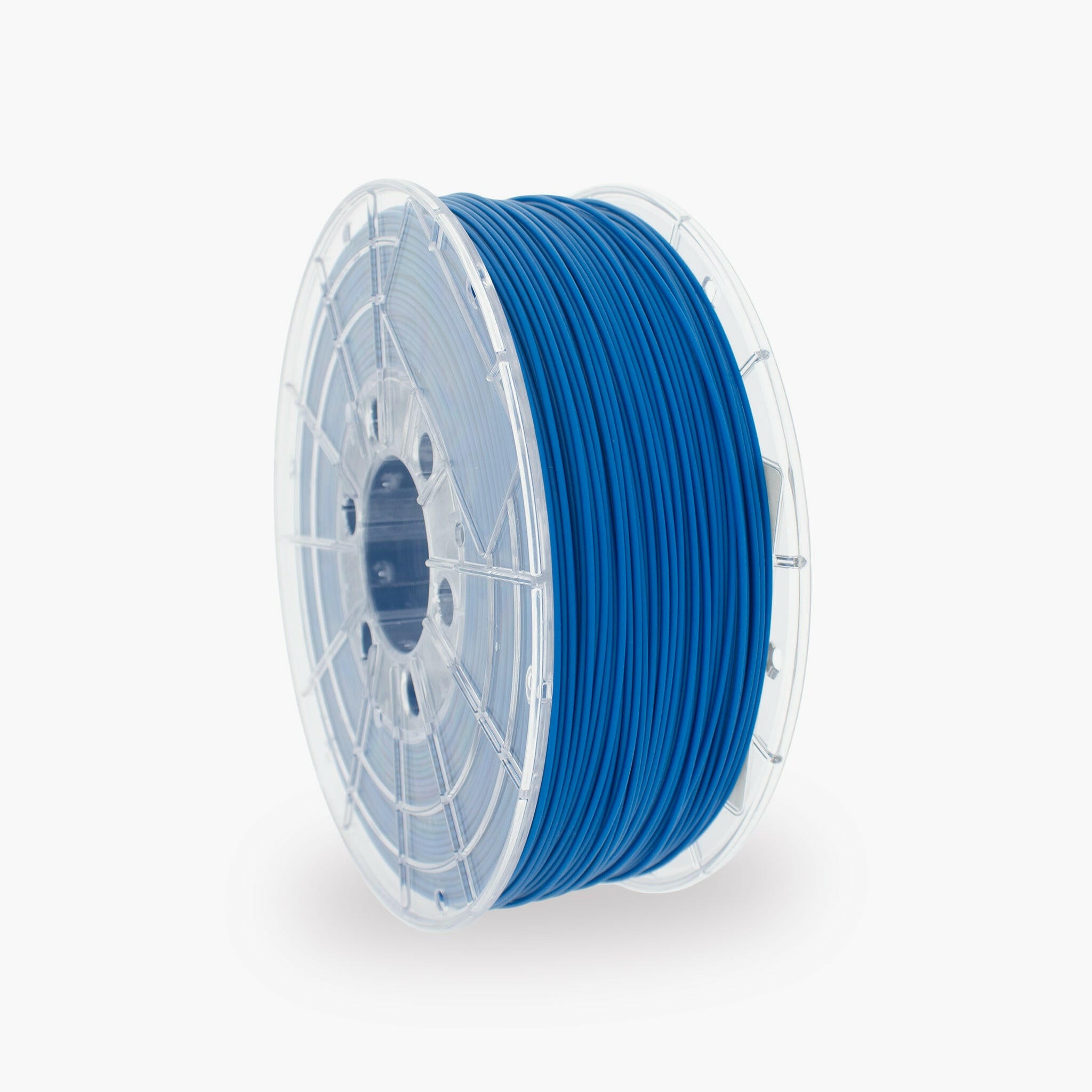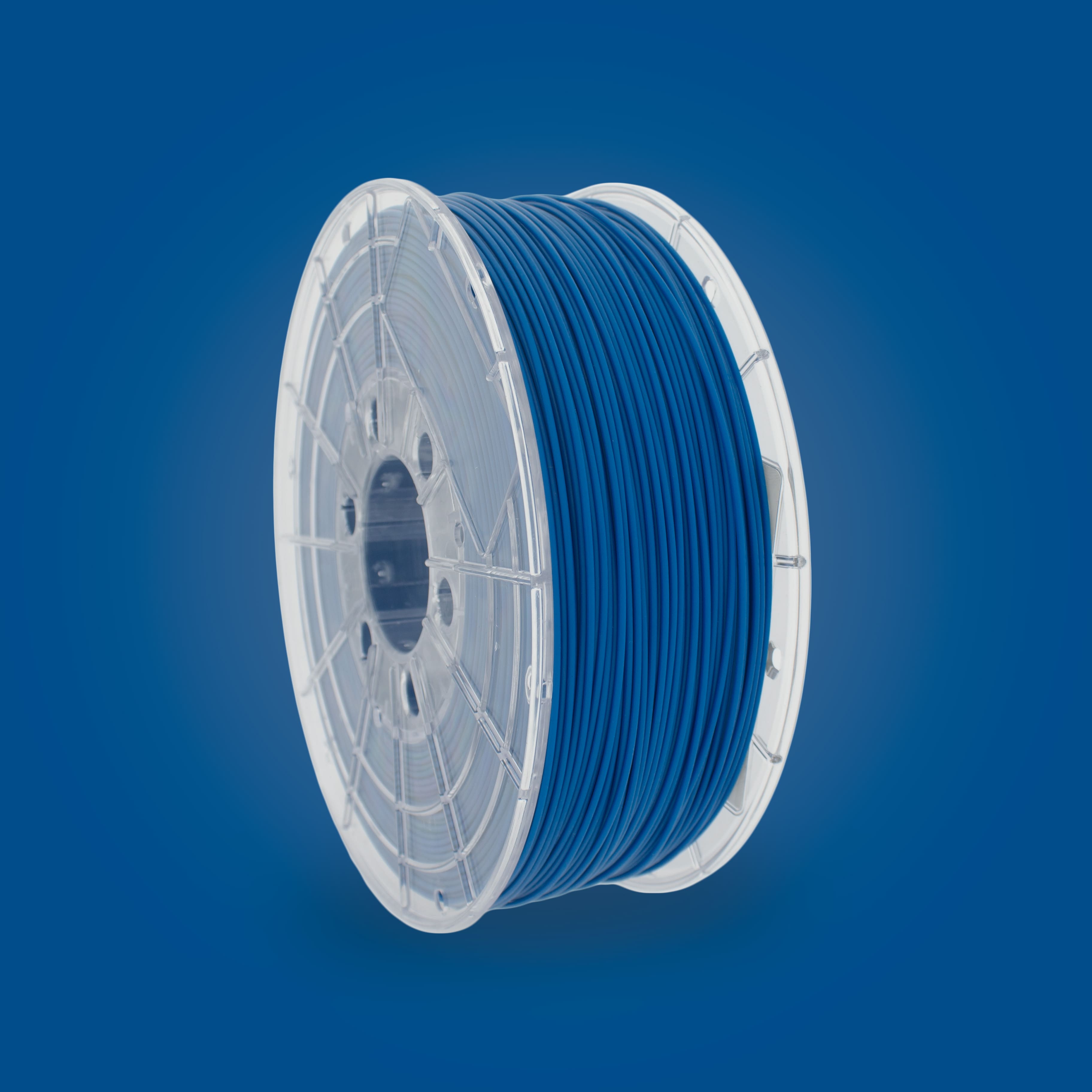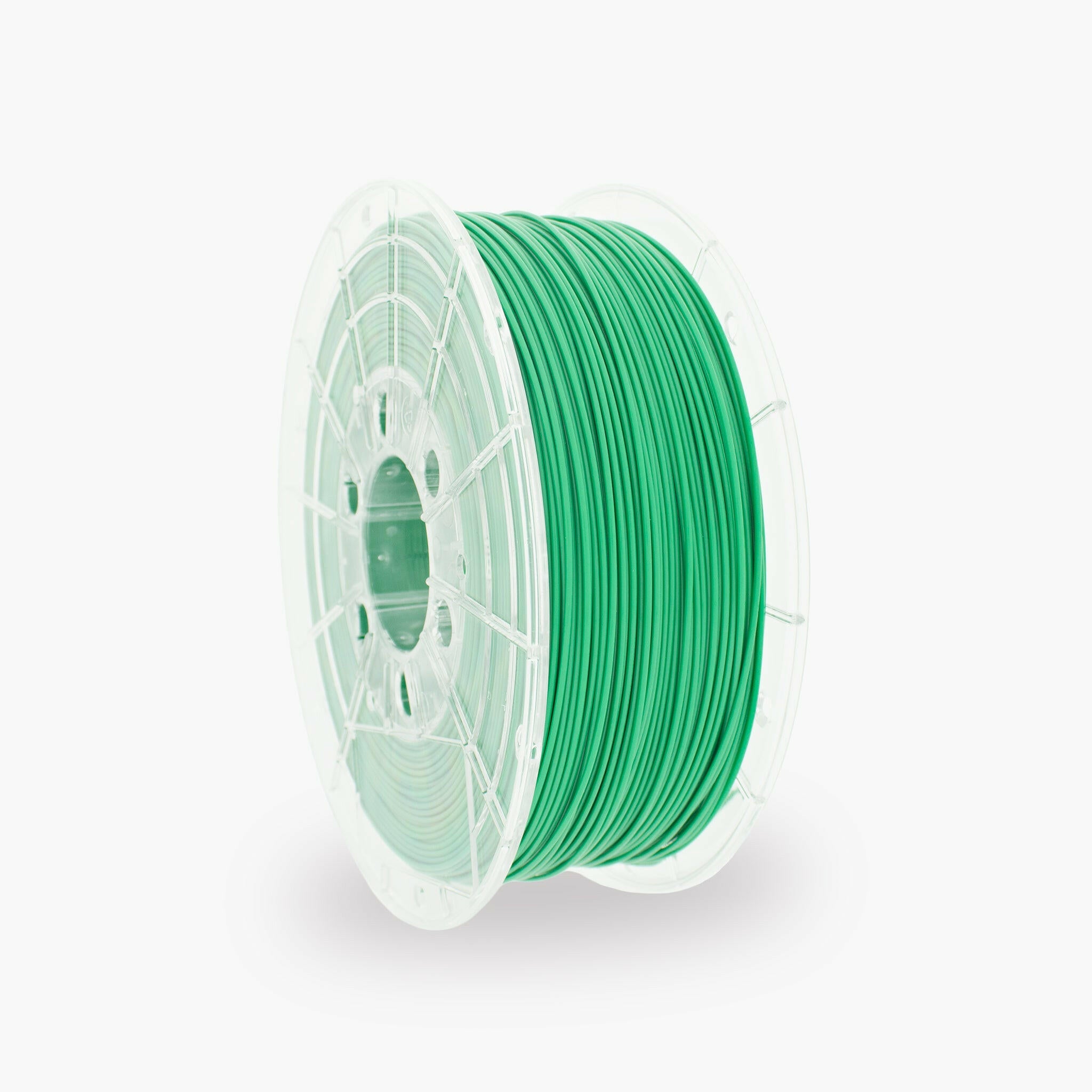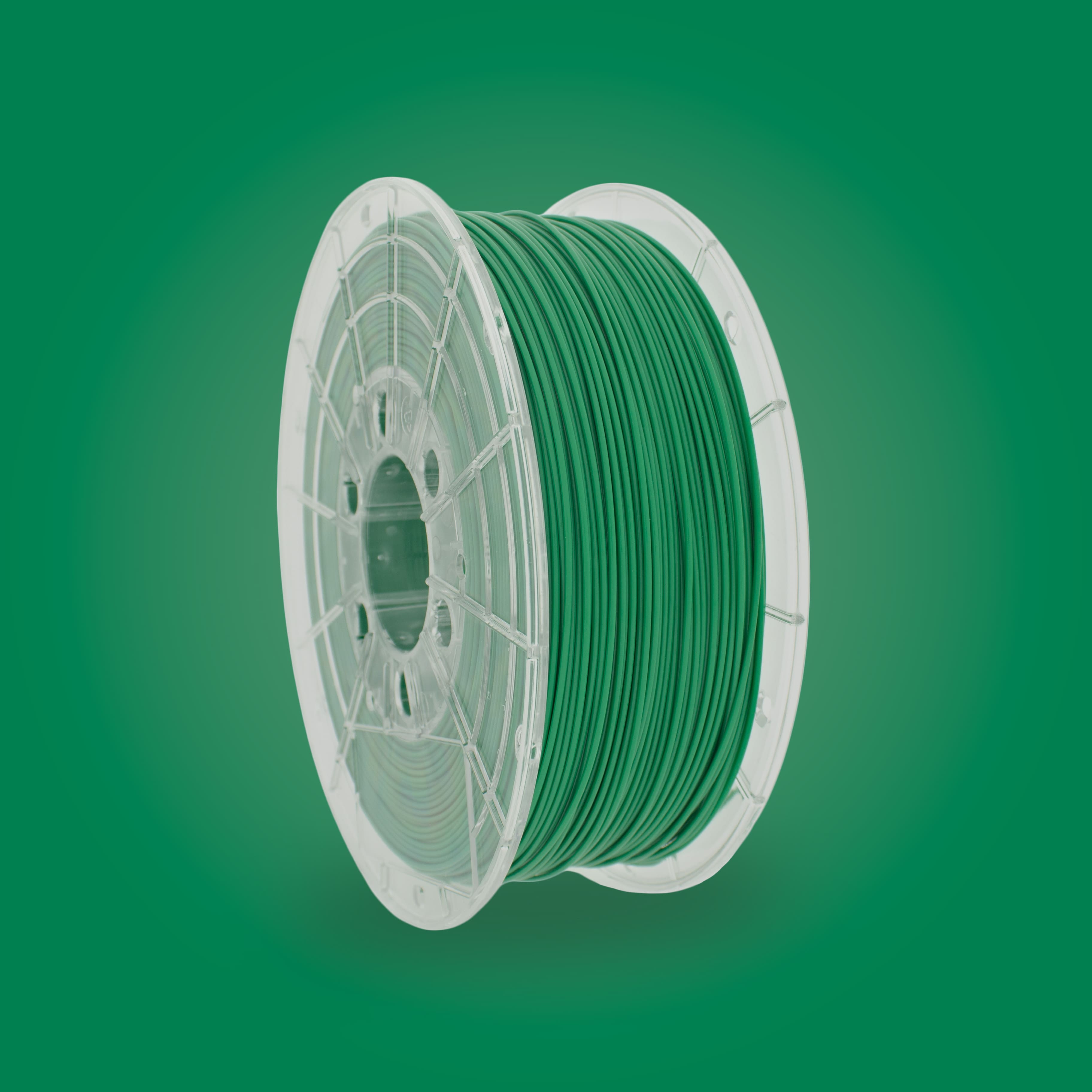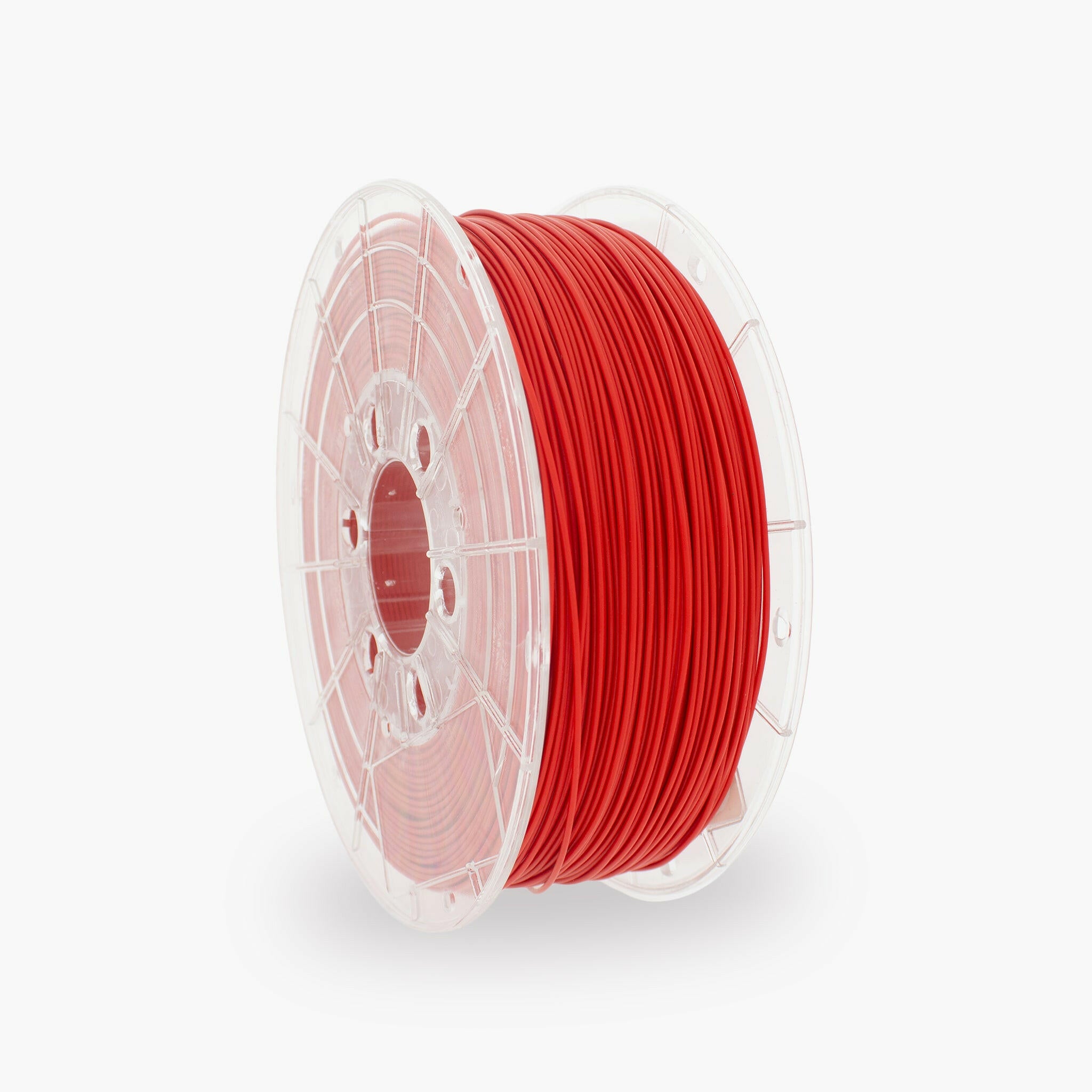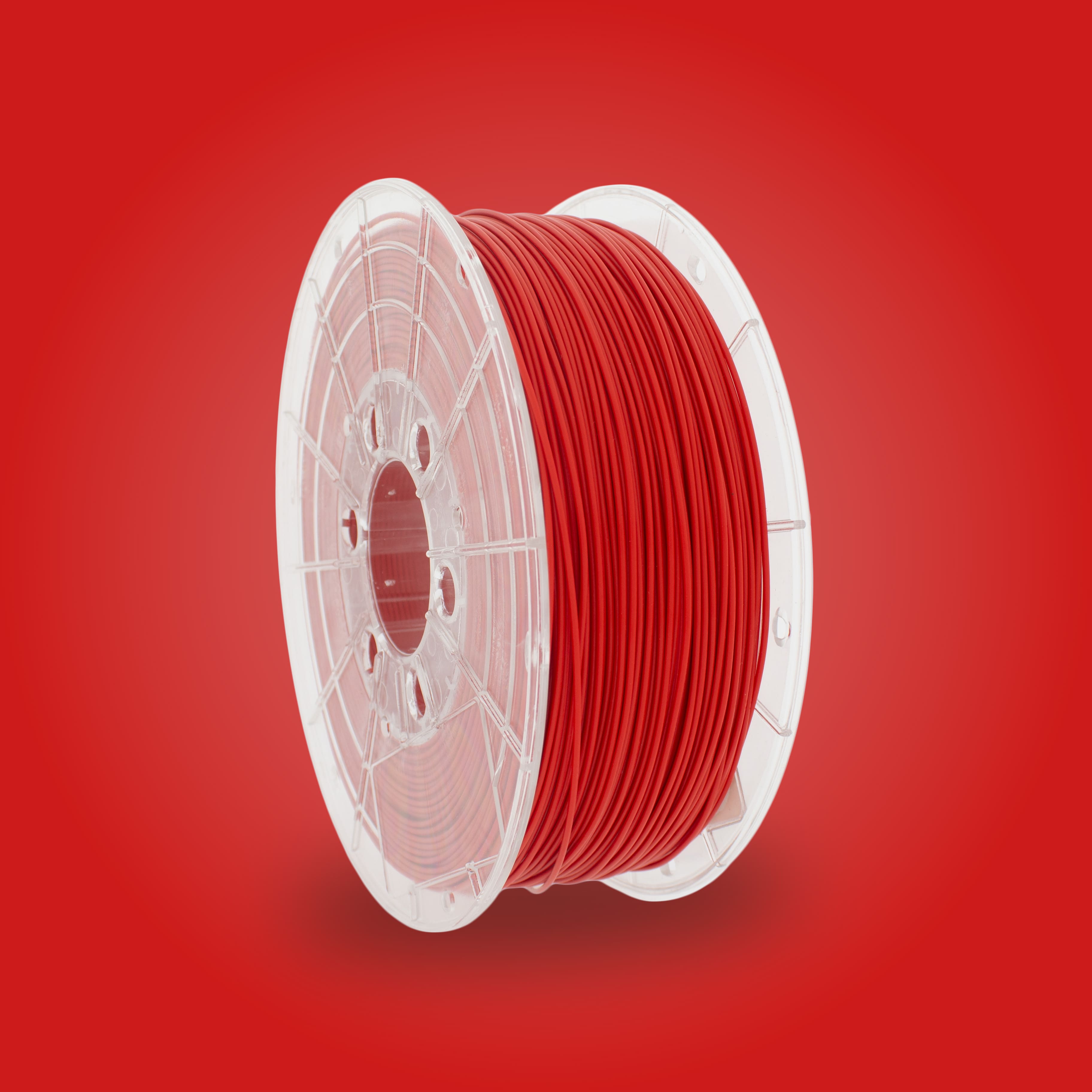ABS 3D Printer Filament
When exploring the available options in 3D printer filaments, PLA and ABS turn out to be the most chosen materials. Although both are popular, there are significant differences between them. Here we introduce the various ABS filaments we offer, and share insights about this specific material.
What is ABS Filament?
ABS, produced from fossil fuels in the petrochemical industry, is an economical and fluid material that serves as an alternative to bakelite. This material is often used for making device housings due to its stiffness, strength, and flexibility. Additionally, ABS is used in electrical engineering.
ABS, or Acrylonitrile Butadiene Styrene, belongs to thermoplastics just like PLA. This means it becomes malleable when heated, ideal for 3D printing, and solidifies when cooled. ABS filament is perfect for printing objects with a nice matte finish. It is possible to sand and polish the printed objects afterwards for an even better result. It is important to use a heated print bed to prevent warping.
What are the Properties of ABS?
Each filament type has unique properties. It is crucial to be aware of these properties and to verify whether your 3D printer is compatible with the chosen filament type.
Odor and Melting Temperature of ABS
3D printing with ABS is accompanied by a strong odor, similar to that of melted plastic, which can be unpleasant. Therefore, we recommend good ventilation when using ABS. The melting temperature of ABS is between 225 and 250 degrees Celsius.
What is the Durability of ABS
ABS is a strong thermoplastic with high impact resistance, meaning the material withstands shocks and impacts well without breaking. This makes ABS ideal for manufacturing sturdy products.
Is ABS 3D Filament Recyclable?
ABS has a recycling code of ‘7’, which means it is recyclable. However, due to high costs, it is not accepted by all recycling organizations.
What are the Advantages of ABS?
- Hard and rigid material
- Durable and heat resistant
- High impact strength and excellent mechanical properties
- Good chemical resistance
- Suitable for high print speeds
What are the Disadvantages of ABS?
- Requires a heated print bed
- Produces an unpleasant odor during printing
- Not biodegradable
- Can warp with rapid cooling
- Sensitive to UV radiation
For questions or more information about ABS filament, we are ready to assist you. Contact us by phone or email for expert advice.
